
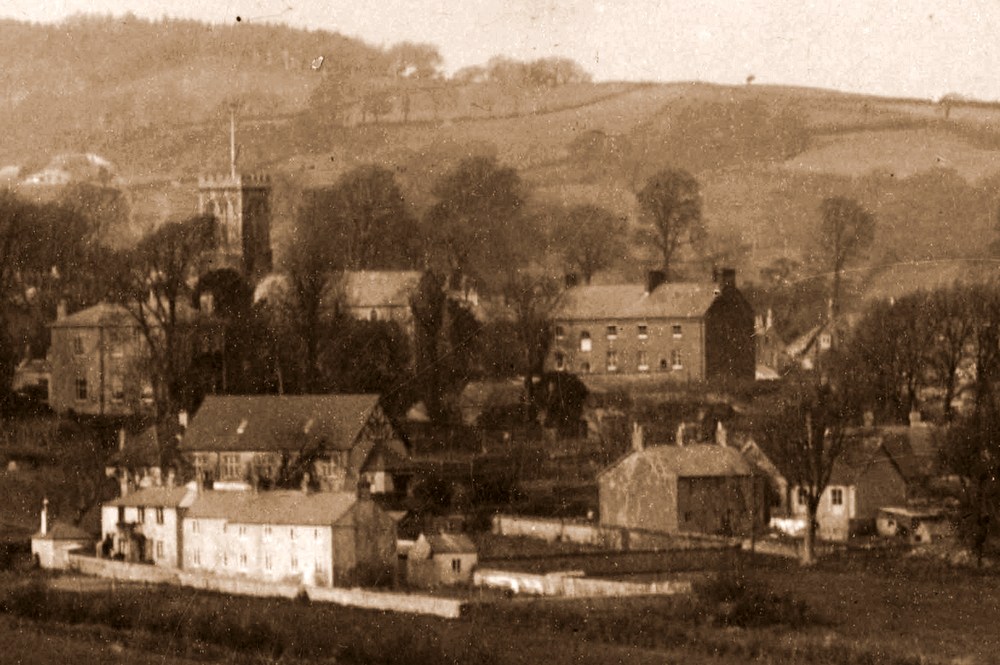
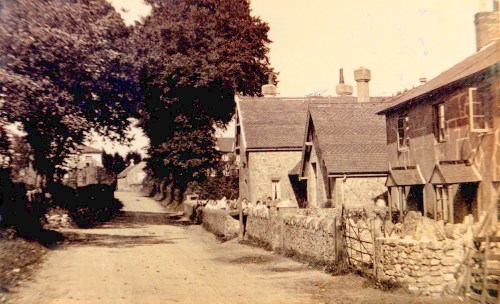
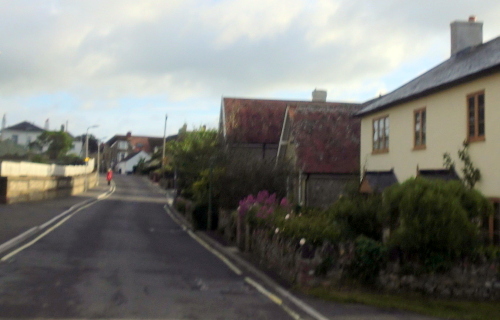
After tracing the history of Higher Sea Lane in the last issue of Shoreline, I was asked to apply my researches to its neighbour – Lower Sea Lane. I found this more interesting as there was some activity on its surrounding fields prior to the 20 th century. There are some early similarities between the two lanes in that the Abbots of Forde left their mark during their ownership of the village from 1170 until 1539. Both have the remnants of the earth bank boundary at the rear of the half acre burgage plots that the Abbot decreed in 1297. They also share a series of fields described as Single and Double Common, which are on either side of the lanes. These were fields dating back to the Middle Ages that were farmed in the open strip method. If we were to be transported back to those times we would find that the lane formed a cross roads with Barrs Lane and the Street. The former would have been of greater importance then with its link inland to Wootton Fitzpaine and Chard. It had been known as Mill Lane, but there is no record of exactly where the Grist Mill stood. In time it was known as Sea Side Lane and eventually Lower Sea Lane in contrast to Higher Sea Lane. Both were similar as just narrow pathways through fields to the beach. After the dissolution in 1539 when the village briefly was owned by the crown, the wealthy Sir William Petre was to be Lord of both this and many other Manors. His son inherited the estates, but in 1575 sold a number of properties in the Village on 2000 year leases for minimal annual rents. William Pole of Shute, near Axminster, purchased the greater balance of the village in the same year. It remained with this family until his grandson; Sir John Pole sold The Manor and most of its properties to Anthony Ellesdon Of Lyme Regis in 1648. But what is relevant to this article is that he kept back The Mill and a group of fields surrounding it to the shoreline. These were to continue in their ownership until 1780. The majority of the land to the east of the Lane was to be under their ownership. The Lords of the Manor were to own most of the land to the west, though it was to be sold off piecemeal over the centuries.
The Church had substantial Glebe fields that were situated to the north of the Lane. The group of fields known as Single or Double commons that were all just over 1 or 2 acres had various owners. The most interesting of these is one owned by Anthony Tutchen, a Mariner who in 1661 gave his freehold house on The Street and an acre of ground in Lower Sea Lane for the benefit of Seamen, Seamen's wives and children. Originally the gift was made in stockings and shoes, but later an Alms House was substituted on the site, near where “The Court” stands today This house contained three rooms below and three above and was occupied by six aged, poor, people.
The Lord or Lady of the Manor initially owned the Lane, but the following documents in The Dorset Record Office show how it was to change:
A copy of Court Leat 5th October 1770, Manor of Charmouth
The Court Leat and View of Frankpledge with the Court Baron of Mrs Benedicta Durston- Lady of the Manor held in for the same on the 5th day of October 1770. Before me, Barach Fox, Junior, Steward.
Homage
Mr Benjamin Bradford, Foreman
Mr Rodney Kent, Mr George Webber, Mr William Heywood, John Bowdridge, William, Butcher, Digory Gorge, Ralph Gorge, John Cozens Snr.,John Cozens Jnr., James Cozens, John Davey, Henry Harben
Robert Gapper,
Robert Halson, Tythingman to present first,
We present that there ought to be some large Stones placed by the water course in order to prevent the carriages from running into the said course and damaging the same.
Also we present that several Occupiers of lands adjoining the Lane called Sea Side Lane for not repairing their ledges and scouring out their ditches against the said Lane. If they do not do it before Christmas next we do Americas them in 5s. Each.
Also we present that the said Lane called Sea Side Lane is very much out of repair and that the same ought to be repaired by the Parish as it has been
Subsequently a meeting was held which allowed the Parish to take over the repairs
Be it remembered this 3rd August 1778 there was an agreement between Benedicta Durston, Lady of the Manor, on the one part, the Minister, Churchwardens, overseers of the Poor and Surveyor of the Highways of the said parish of Charmouth and their successors for the time being of the other part. Witness that the said Benedicta Durston for in consideration of having a good and sufficient road made in the lane leading from the parish to the sea, to be done in a workman like manner at he cost and expense of the said parishioners doth herby renounce and give up to the said Minister and Parish officers all her right and title to the said lane except a free passage, etc. And also Thomas Rose Drewe of Wootton Esq and the Mayor of Lyme Regis to pass and repast with carriages for stone, Gravel and sand for their own use without pay or any toll. To have and to hold unto the Minister, Church Wardens, etc for the Lane with the usual Tolls from all our parishioners
The references to Lyme Regis and Wootton Fitzapaine are regarding their license issued in the 17 th century by William Ellesden to remove stone, etc from the beach.
William Ellesdons son Anthony was to live most of his 85 years in the village at the Manor House which still stands opposite the Church. He died childless and it was his nephew, Richard Henvill who was to briefly inherit the village in 1737. But it his daughter, Benedicta, who is to become Lady of the Manor, both of Charmouth and Catherston just 7 years later. In due course she marries the Reverend Joseph Durston of Gloucester, but on his death in 1770 appears to return to living in the village. When she dies in 1779 a distant cousin, living on the island of St. Kitts in the West Indies, inherits her estates. It is this Francis Phipps Henvill who in 1783 instructs James Upjohn of Shaftsbury to survey the village. Sadly the original map has been lost in time, but the famous Historian, Reginald Pavey was able to take a copy of the accompanying record book then in the hands of a Mrs Wilkinson. I have found this listing invaluable in these articles as by careful study of this, land tax, poor rates and the 1841 tithe map it is possible to go back further in time. I have included it on my website at:
http://www.freshford.com/1783_manor_charmouth_rents.htm for those interested.
I was equally exited to come across the detailed Will of the Reverend Brian Combes in the Somerset Record Office as without it I would not have been able to trace ownership of a number of fields in Lower Sea lane. It is rather a strange story how the village curate ends up owning much of the village. His father William had been the rector of Charmouth for over 35 years and when he died in 1782 left him a number of properties in the village as well as a substantial fortune. His father's obituary records that his son would be filling the position he left. But in fact his son remains a curate and Audaine becomes Rector.
It is in 1783 that Francis Phipps Henvill decides to auction the manor of Charmouth with all its lands and properties. The following advert appears in the Western Gazette:
"This Afternoon, at the Bull Inn in Bridport, -The valuable and Improvable MANOR of CHARMOUTH, truly eligibly situated midway between Bridport and Axminster and the Great Western Road."
1788. It is to be bought by a Lieutenant James Warden who has won considerably prize money after a number of skirmishes. He also purchases Langmoor Manor with its estate. But in due course he sells the Manor House at Charmouth and a number of fields. It is Brian Combes with his father's inheritance who purchases Backlands Farm at the rear of The Street and a number of other fields including a number adjoining Lower Sea lane. These include Pear Close on the corner, which century later was to be the centre of the village and its shops. James warden is very argumentative and falls out with Brian and takes him to court with others accusing them of removing Stone from the beach which he appears to own. In time James has an argument with his neighbour, Norman Bond and ends up dying in a duel at Hunters Lodge Inn. His substantial Table tomb at the front of the church contains a detailed inscription of his life and its tragic end.The Historian, Reginald Pavey wrote this about Lower Sea Lane:
"The Lower Sea Lane". In all old documents the Lane was called "Sea side Lane" and frequently "formerly Mill Lane". Where and what the mill was I can trace no record except that it was a grist mill. The present factory has no connection with it. Early in this century the only houses in the Lane on the east side were the School, The Alms Houses, the Coast Guard cottages and Sea View.On the west side " Way Along" , "Green Gates" and two cottages adjacent to "The School". The earliest mention of a school is found in Dunn`s Day Book. In 1834 he made a blackboard for the school. In 1836 the building was used for services during the building of the Church. Accommodation cannot have been sufficient for the congregation, as many went to Lyme. The first mention that it was a National School was when Thomas Richards' daughter Mary was christened in 1842 and his name appears as "National Schoolmaster" in the church register. The schoolroom was over the residence of the master and approached by an outside staircase. In June 1862 a girl fell down the stairs and after that' date a monitor was always near the bottom of the steps "on going in and out of children". (The salary of a monitor at that date was £5-4-0 p.a.)
A.B.Hann told me that his father and other boys drove a donkey up the stairs and put it in the school, where it made a tremendous noise, which alarmed the master Mr. Trott, who got his gun and said he would shoot the first man he could see. It was during the Fenian scare and Trott thought that the village had been invaded and shouted "All up, All up". H.L.Jones when he was master, always called the school to assemble by crying " All up" his son Lewis said.
In 1859 Daniel Board was master who had been a lodging housekeeper. George Miller in 1846; William Uanfield in 1848: and James Peck in 1851 are recorded in the church register as schoolmasters but may not have had any connection with the National School. In 1865 Thomas Bunstone was appointed and commenced the school Book. The number in the school was 96, which increased, in the following year to 54 boys, 42 girls and17 infants when W.W.Howard, H.M.I of schools, inspected the school. The master's salary was £35 p.a. and that of a Pupil Teacher £12 p.a. The next master appointed was G.H.Trott in 1866 and Sidney A.Potter pupil Teacher. The building was totally inadequate and in 1869 on 25th June the school moved to an old shop opposite the end of Sea Lane, while the present building was being built. There is some doubt where the temporary school was. But 'The Limes' deeds mention it as being part of that building and the school log book states that the clergyman next door objected to the noise. The foundation stone was laid by Mrs. Breton, wife of the rector on 25th Aug. 1869 . Thomas Tarr in his diary noted that all the shops were shut for the occasion. In 1870 on June 27th. work began in the new building but I can find no mention of an official opening. In the log book the master thought that it would be noisy for want of a curtain for the juveniles and insufficiency of desks. A summary of the school accounts is mounted in "Memories of Old Charmouth." The master's salary was £94 - 16 - 24- and the assistant teacher's £24 - 1 - 9. Fuel and light £3 - 2 - 5-S-. The government grant was £50 - 14 - 0. Subscriptions £90 -9-6. School pence £21 - 2 - 9d. Owing to the difficulty of maintaining the- subscriptions, the school became a Board School in 1877.
In 1878 H.L.Jones became Headmaster. A new class room was built in 1881 and the school enlarged in 1891. The two cloakrooms wore added and infant's room enlarged in 1904. The playground was opened in 1926 when the land belonging to the church was sold. When H.L.Jones retired in 1917 he was followed by Miss Knight and Mrs. Stewart became head teacher in 1922. Miss Hoade followed in 1936 and Miss Pascall in 1961. Water was not laid on until recent years: the school used the tap in the land outside the Alms houses and later a tap was placed in the corner of the playground. The school was frequently used for concerts and it was a serious business to get the' school prepared for an entertainment before the Church Hall was built.
John Stamp, the village carpenter constructed a stage from desks and planks at the far end. Screens were borrowed to take the place of a curtain and no scene-ry was procurable. Lighting was obtained from oil lamps suspended, iron; the ceiling and bracket lamps. Performers carnc on from the Board Room at the back and the Infant's Room. This was before the two cloak rooms were built.
Seating accomodation at the back of the room was raised by using the long desks, the tops of which were hinged to form the backs of the scats. The front rows were light chairs collected in a wagon from various houses in the village. The charge of admission was l/-and 6d. The piano was either the school instrument or one borrowed.
"The Alms Houses"
have been mentioned in my notes on "The Court"they are now ordinary dwelling houses and have been renamed "Hall View ".
"The Coast Guard Cottages".
These were built by Richard Hodges and leased to the Admiralty for 21 years from March 1878 at a rent of £50 a year. The inn, which originally stood here, became No 1 and the skittle alley, which was against the south wall of the garden, was removed except the end portion by the lane and this was used as the coast guard's armoury. The iron standard from which the inn sign hung was still on the wall of no.1 not many years ago. The last landlord of the inn was George Paine. The Department of Chief of Naval Information supplied me with the following record. "It appears that the coastguard service was formally transferred to the Admiralty in 1856, when the officer in charge at Charrnouth was Benjamin Simpson, master R.M., who held the appointment since 3rd. September 1851. His predecessor was Lieut. Charles Antridge R.IT. appointed on 25th. January 1847. The lease of 1878 was renewed for a further term of 21 years from 25th.March 1899 at the same rent. The station was abolished in 1909 and was surrendered to the landlord in consideration of the payment by the Admiralty of £150." Richard Hodges disposed of the cottages shortly afterwrds and they were soon occupied.
The gardens worked by the coastguards extended north of the cottages as far as the entrance of the field adjacent to the Alms Houses. On this plot a few years ago K.A.Gear built and occupied a modern bungalow, which he later sold and is now occupied by Captain and Mrs. George Blanchard who moved from "The Wedge" in Old Lyric Hill. It is interesting to note that the father of the George Blanchard, now in Gear's bungalow , when he was 3 years old, was taken by his nurse and saw Napoleon when his ship "The Bellerophon" lay at anchor off Plymouth after the battle of Waterloo. Also his father's uncle fought at Trafalgar.
"Sea View"
This house was built on a piece of ground called "The Potato Plot" and was purchased by the Rev.J.D.Hales, rector, in 1837. For many years it was known as "Robert Hunter's House' as he was the first tenant. His son Tom, who was born there, said that it was originally intended for an inn. Robert was the son of John, who was descended from a Scottish laird. They smuggled freely as did. all fishermen and long shoremen of their time and Robert was a fisherman. He had five sons and five daughters. Once he was nearly caught by the press gang, but escaped by hideing in the roof. On another occasion, when he was fishing with a companion, he sighted a ship on fire and sailed towards her, finally hailing her. She answered that she was bound for the Irish mountains with Devil Darby aboard. Devil Darby of Lyrno, a notorious evil liver, had died that night. In 1843 Robert Hunter married Ann Gale and is mentioned in Kelly's Directory as Bathing machine proprietor, collector of fossils and pleasure boat owner. He died, in about 1883 greatly respected by many. His funeral procession to the chapel was the longest ever recorded, so my father said. I was often taken to the house when I was a small boy as my nurse 'Teddy' was a friend of the Hunters, and both Tom and Arthur were members of my mother's choir. I can remember the sitting room with its fireplace under the window and wondered how the smoke went up the chimney, also the stuffed shark, which the Hunters had caught, hanging in a shed. What intrigued me most was the family photograph album on a table in the sitting room, but it only had a few photographs as half the album was a musical box. Tom shortly after his father's death moved to a cottage on the west side of the lane and I fancy that the next tenant was Hawker a wheelwright with a work shop in the field south of the coastguard cottages. Mrs. Selous used to lodge there in the summer, early in this century. Her mother was Mrs. Maxwell, who was Miss Bradon author of "Lady Audrey's Secret". Her brother-in-law was P.C.Selous, the famous big game hunter.
The only houses on the west side were a group of four cottages built in the field given by Anthony Tutchen mariner in 1661 . When he left "Sea View" Tom Hunter lived in one of the cottages facing east-ward and Bill Gordge in another. Behind Tom's was a smaller one inhabited by Bert Stork. On the opposite side of the path was a smaller cottage, now called "The Chalet", where an old lame woman used to live. These cottages were thatched with 'spear" from the river by the old battery. At some period during, or after the 1914-18 war, all these cottages were owned by Charles How and three of them were burnt down in about 1921 and had to be rebuilt. There were no hydrants in 'Sea Lane' and the hose pipes were not long enough to reach from The Street. They are now called : 'Green Gates" and " Way Along ;', Stork's cottage became part of Green Gates. The land on both sides of the lane was common land except the church Glebe which ran from the church to Bridge Road north of the Alms Houses. The following field names are taken from the Tithe map of 1842 :- On the East side the school was built on Glebe Land and the Alms Houses on "Common". The three fields south of the Coastguards' cottages were " Single Common" and the next two "Common". On the West side the Tennis Courts, Church Kail and Rectory garden were on Glebe Land. i; The Haven" and "Devena :i occupied "Single Common". i; Lias Lea" was on "Double Common" and the next was "Single Common", sold in 1769 by Robert Manson of Eype and called "Minson's Common" or "The Common". The next field is still called "Double Common". Then came "Hammonds Head" and finally "Seaside Field."

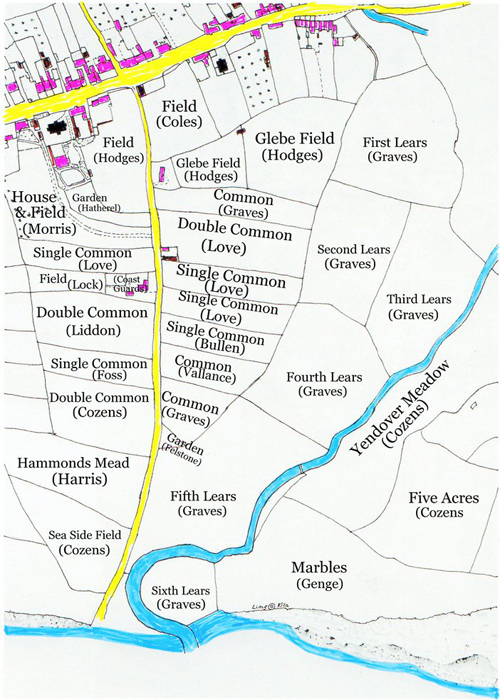
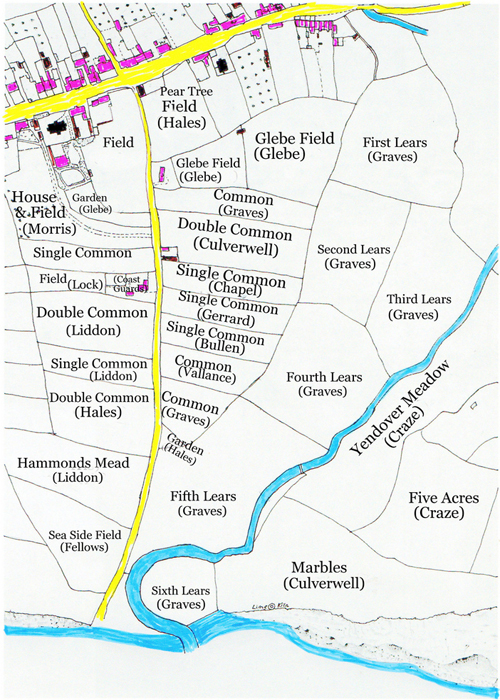
| Tithe | Surname | Christian | Age | Owner | Description | |
| 174 | COZENS | Farmer | James | 65 | Bennett FELLOWS | Sea Side Field |
| 175 | HARRIS | Robert | Ann Liddon | Hammonds Mead | ||
| 176 | COZENS | Shopkeeper | Joseph | 40 | Reverend John HALES | Double Common |
| 179 | FOSS | Mail Coach Inn | William | 52 | Ann Liddon | Single Common |
| 181 | LIDDON | Ann | 70 | Ann Liddon | Double Common | |
| 185 | LOCK | Carpenter | Matthew | 60 | Matthew LOCK | Field |
| 186 | COAST GUARDS | Lock | Matthew LOCK | Houses & Gardens | ||
| 187 | LOVE | Butcher | William | 50 | Frederick WHITE | Single Common |
| 196 | MORRIS | Owner of Elms | John | John MORRIS | House, Garden & Field | |
| 203 | HODGES | Butcher | John | 30 | Rev.W.HATHEREL (Glebe) | Field & Garden |
| 204 | CARTER | Post master | John | 38 | William BURNARD | Carpenters Shop |
| 205 | CARTER | Post master | John | 38 | Reverend John HALES | Garden |
| 206 | COLES | Baker | John | 30 | Reverend John HALES | Field |
| 215 | HODGES | Butcher | John | 30 | Rev.W.HATHEREL (Glebe) | Glebe Field |
| 216 | HODGES | Butcher | John | 30 | Rev.W.HATHEREL (Glebe) | Glebe Field |
| 217 | HODGES | Butcher | John | 30 | Rev.W.HATHEREL (Glebe) | House & Garden |
| 218 | GRAVES | Robert | Robert GRAVES | Common | ||
| 219 | LOVE | Butcher | William | 50 | Lucy CULVERWELL | Double Common |
| 220 | UNOCCUPIED | John HILMAN | House & Yard | |||
| 221 | LOVE | Butcher | William | 50 | INDEPENDENT CHAPEL | Single Common |
| 222 | LOVE | Butcher | William | 50 | Samuel GERRARD | Single Common |
| 223 | BULLEN | John | John BULLEN | Single Common | ||
| 224 | VALLINS | George Inn | William | 40 | William VALLINS | Common |
| 225 | GRAVES | Robert | Robert GRAVES | Common | ||
| 226 | FELSTONE | Shoe maker | Sarah | 36 | Reverend John HALES | Garden Plot |
| 227 | GRAVES | Robert | Robert GRAVES | Sixth Lears | ||
| 228 | GRAVES | Robert | Robert GRAVES | Fifth Lears | ||
| 229 | GRAVES | Robert | Robert GRAVES | Fourth Lears | ||
| 230 | GRAVES | Robert | Robert GRAVES | Second Lears | ||
| 231 | GRAVES | Robert | Robert GRAVES | First Lears | ||
| 232 | GRAVES | Robert | Robert GRAVES | Third Lears | ||
| 233 | COZENS | Farmer | James | Richard CRAZE | Yendover Meadow | |
| 237 | COZENS | Farmer | James | Richard CRAZE | Five Acres | |
| 238 | GENGE | Farmer at Newlands | Thomas | Lucy CULVERWELL | Marbles |
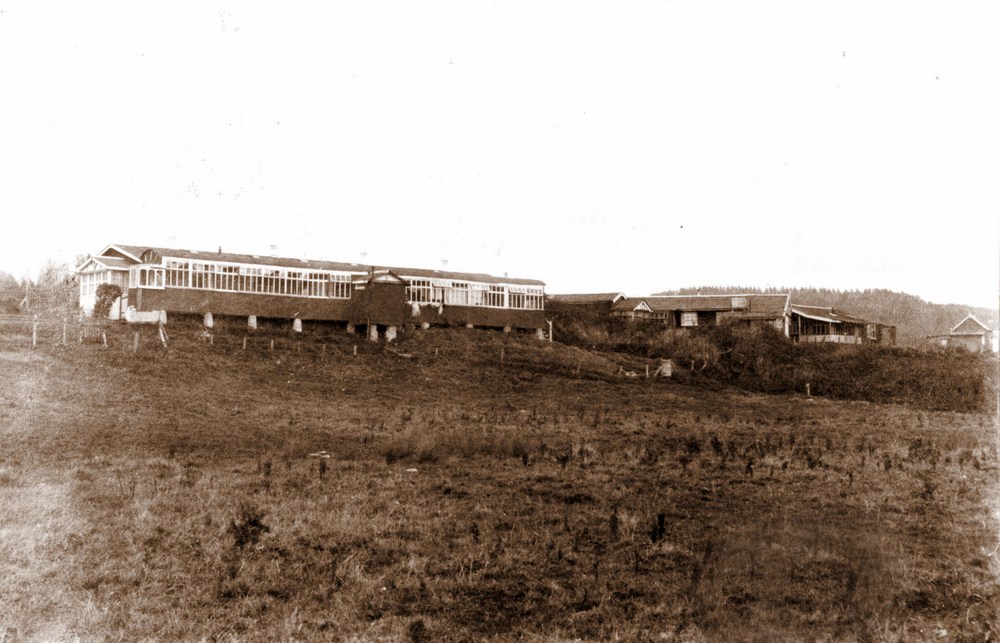
-001.jpg)
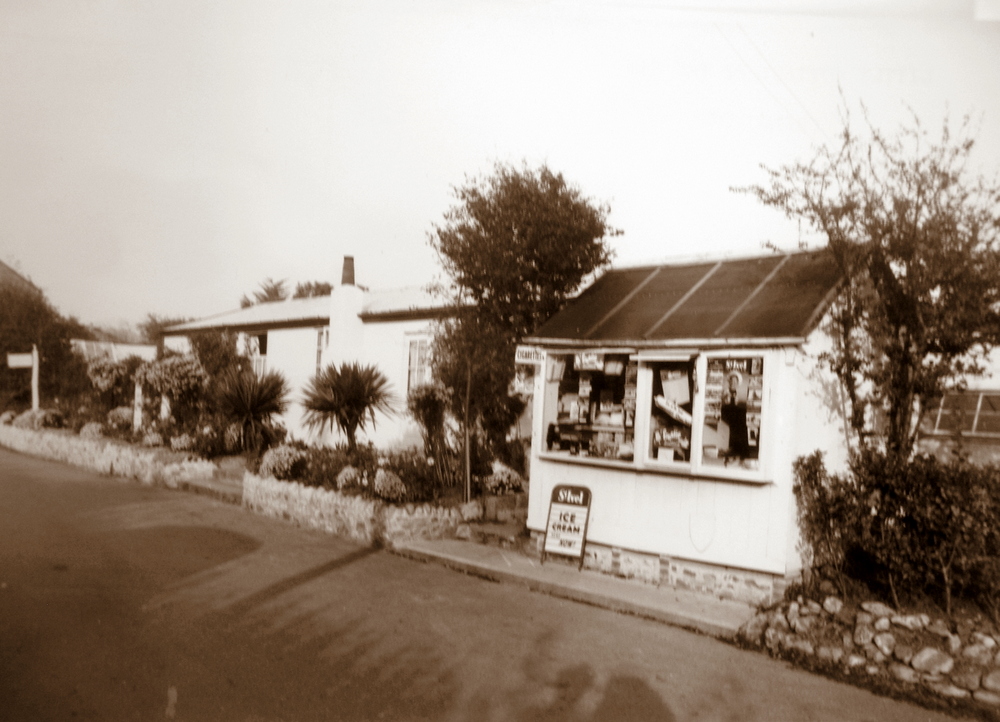
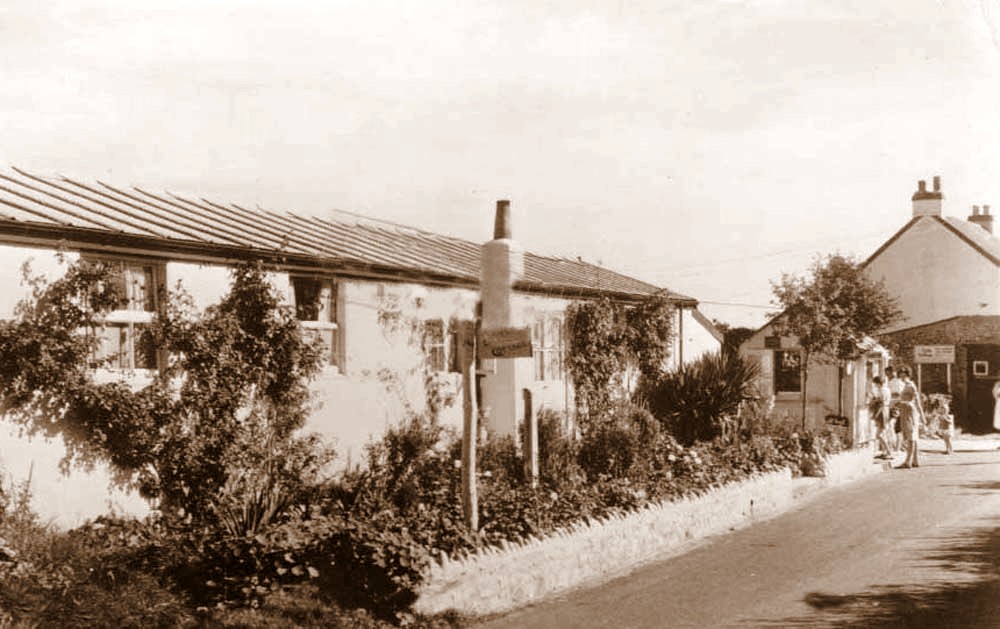
-001.jpg)
.jpg)
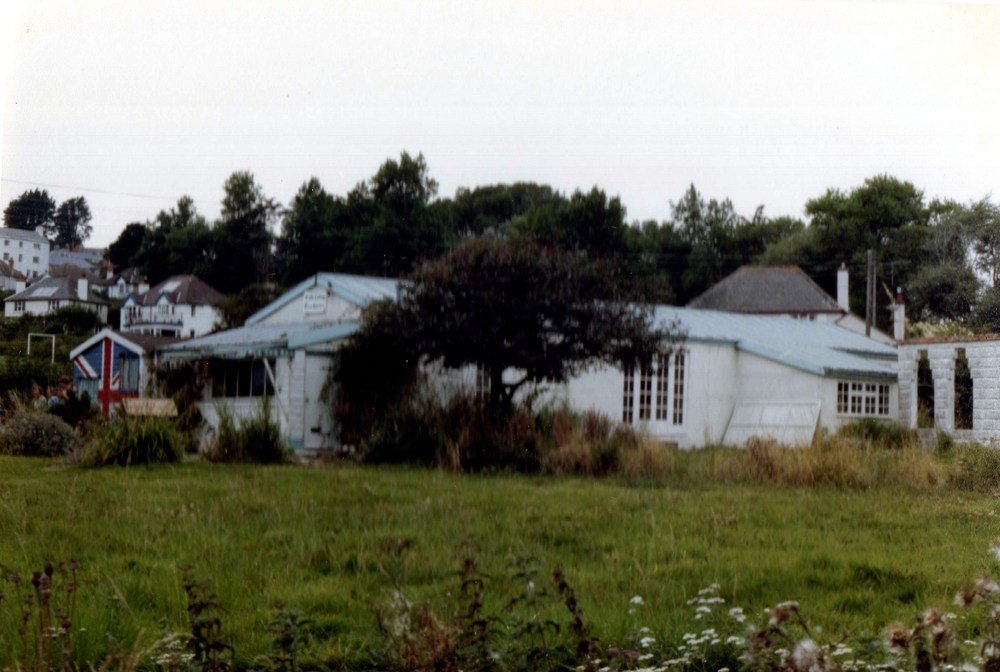
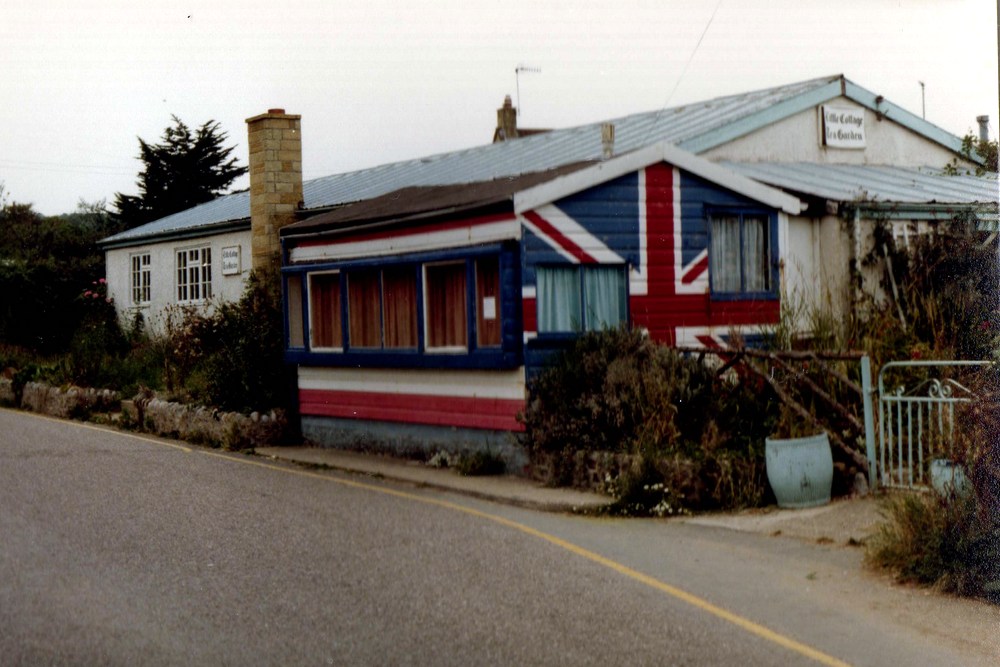
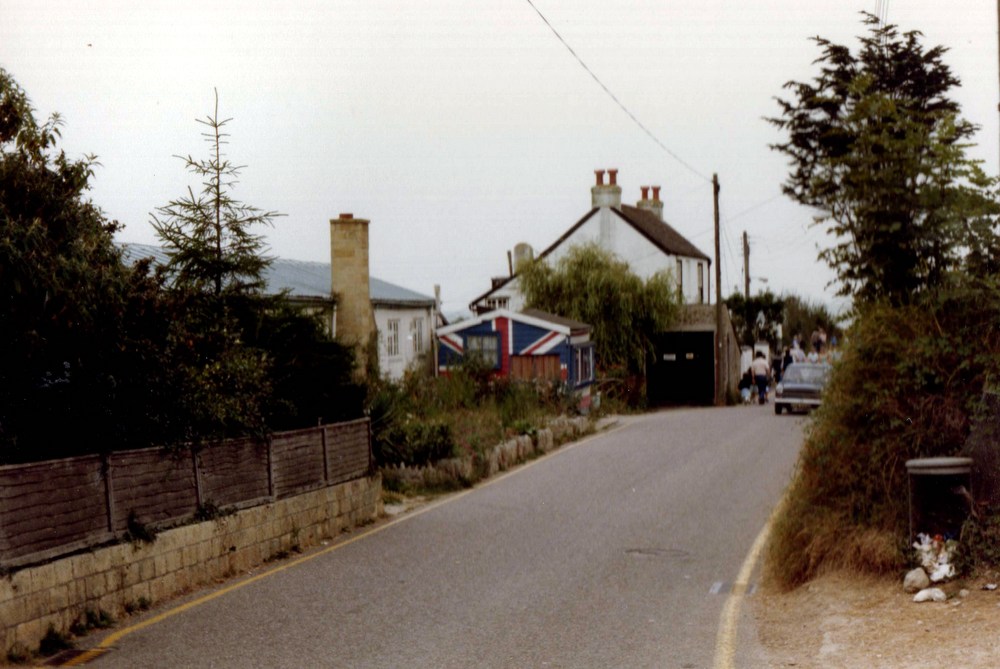
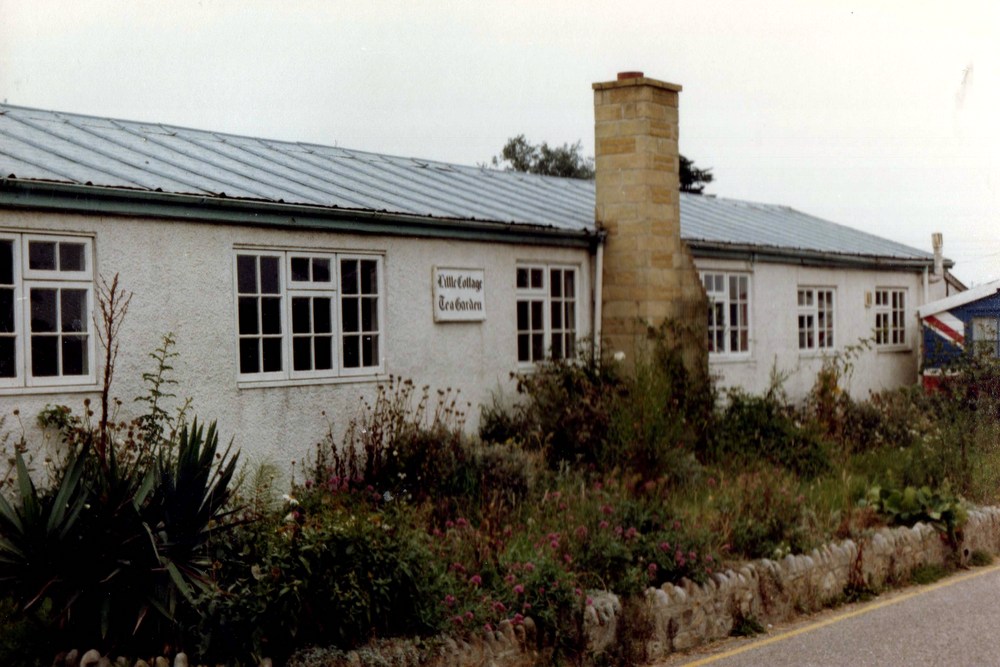
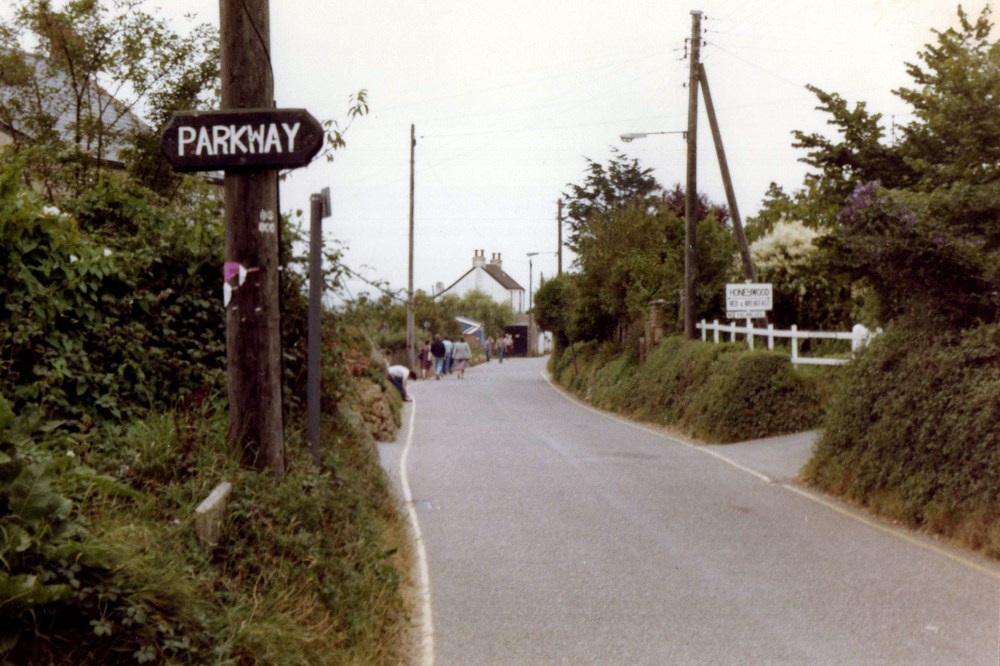
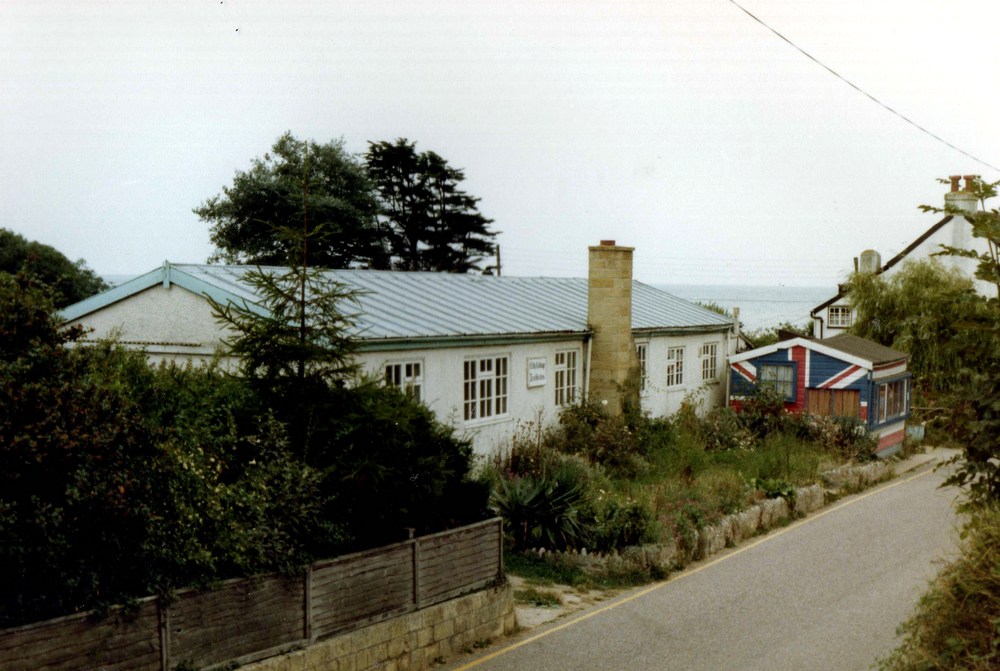
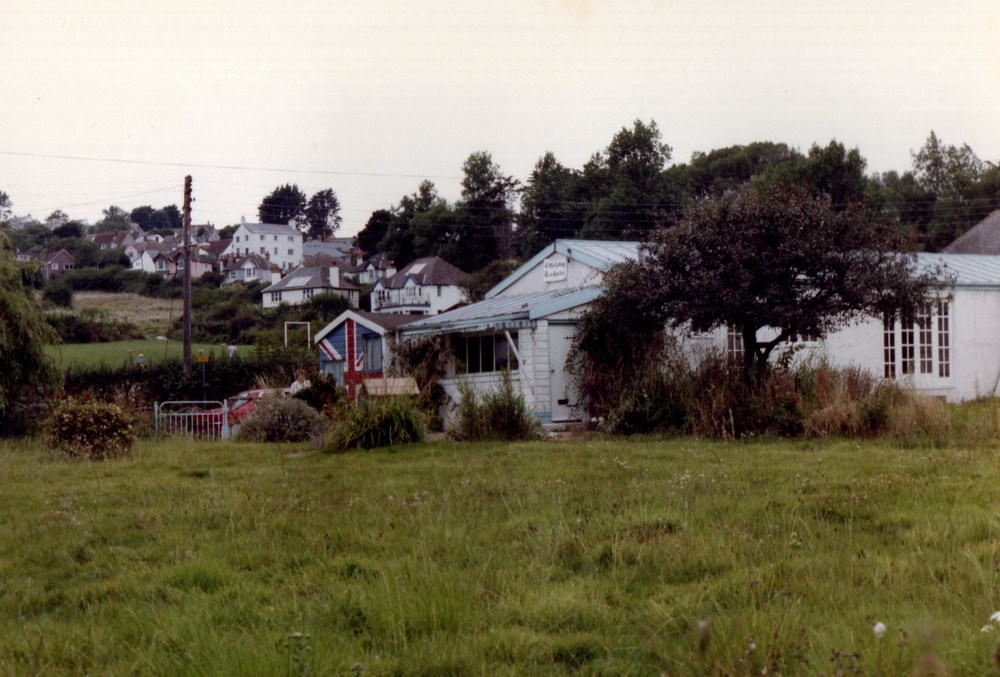
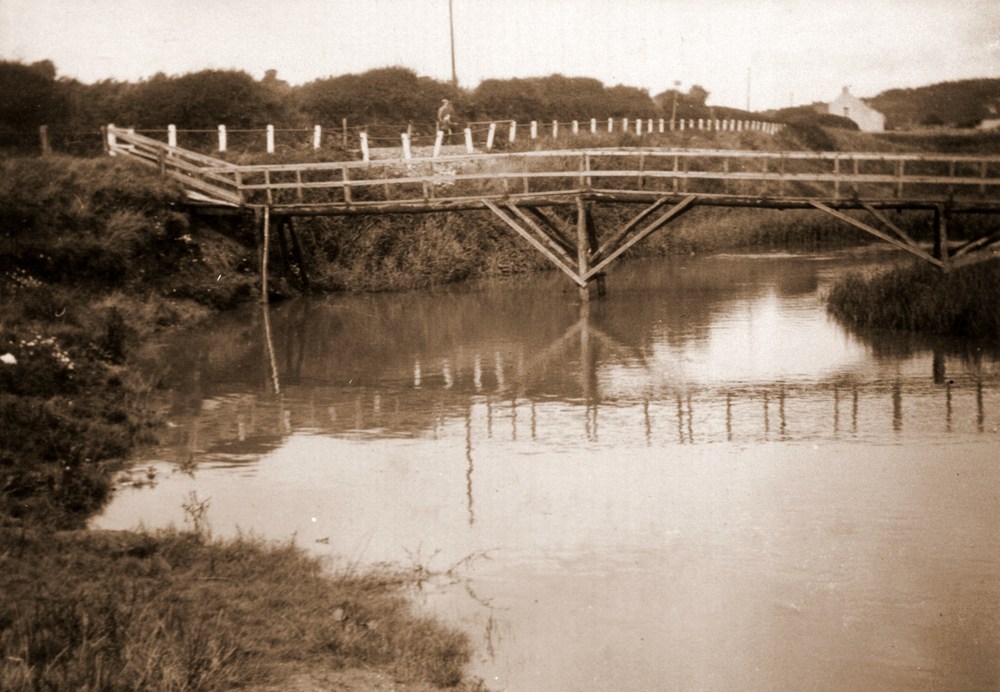
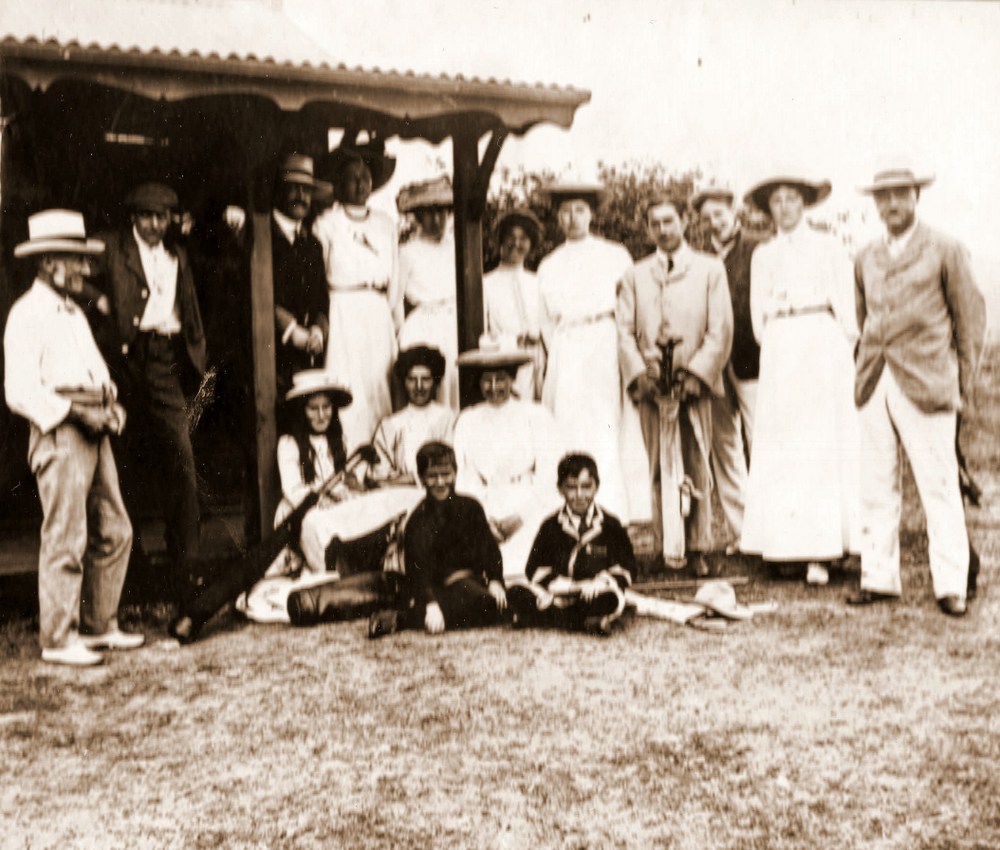
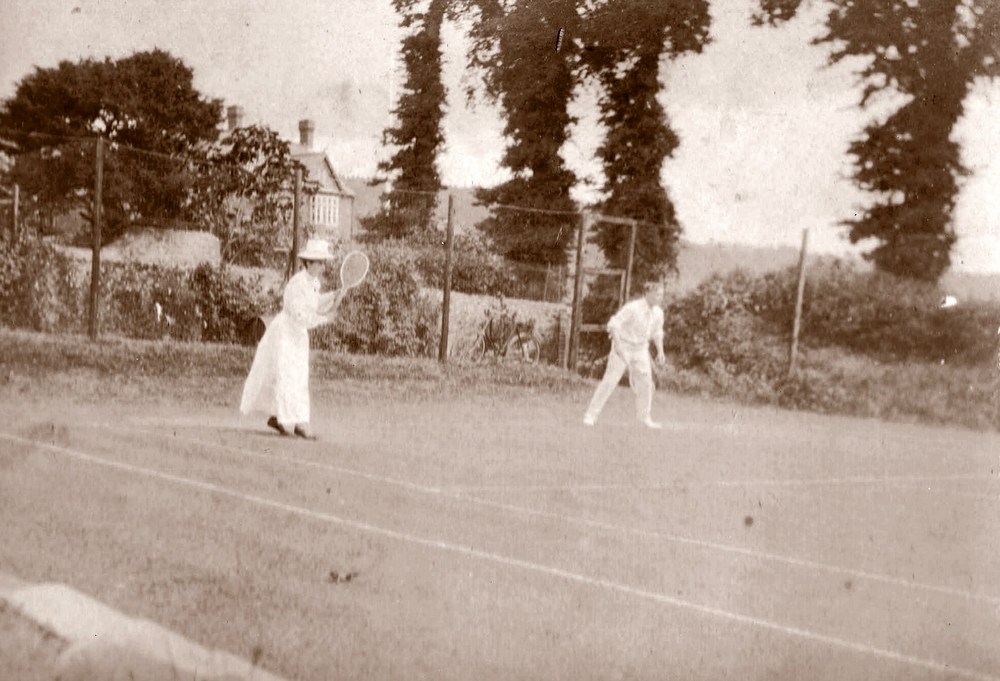
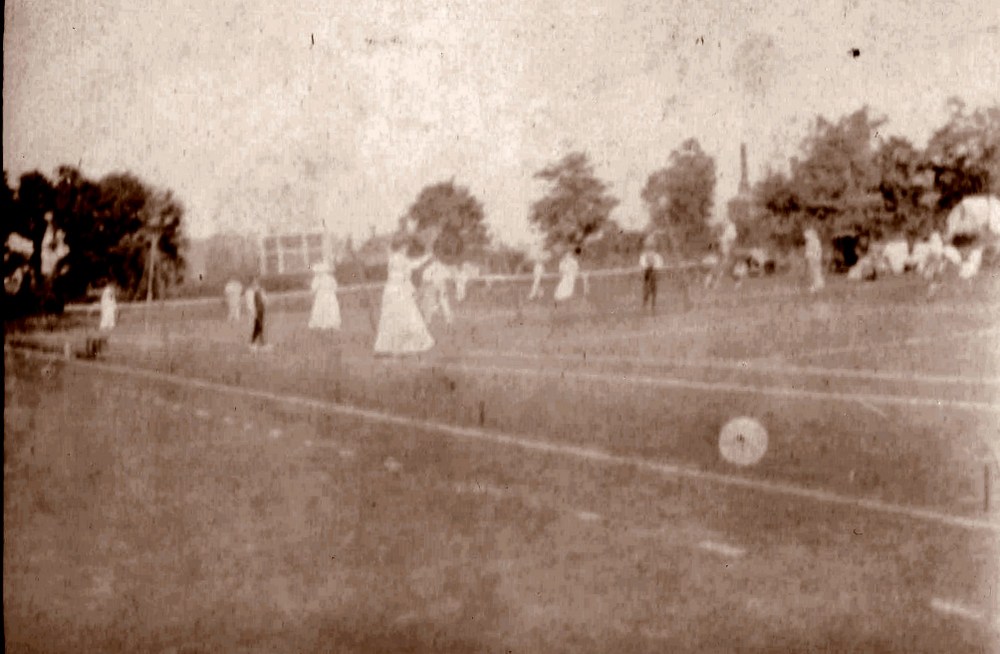
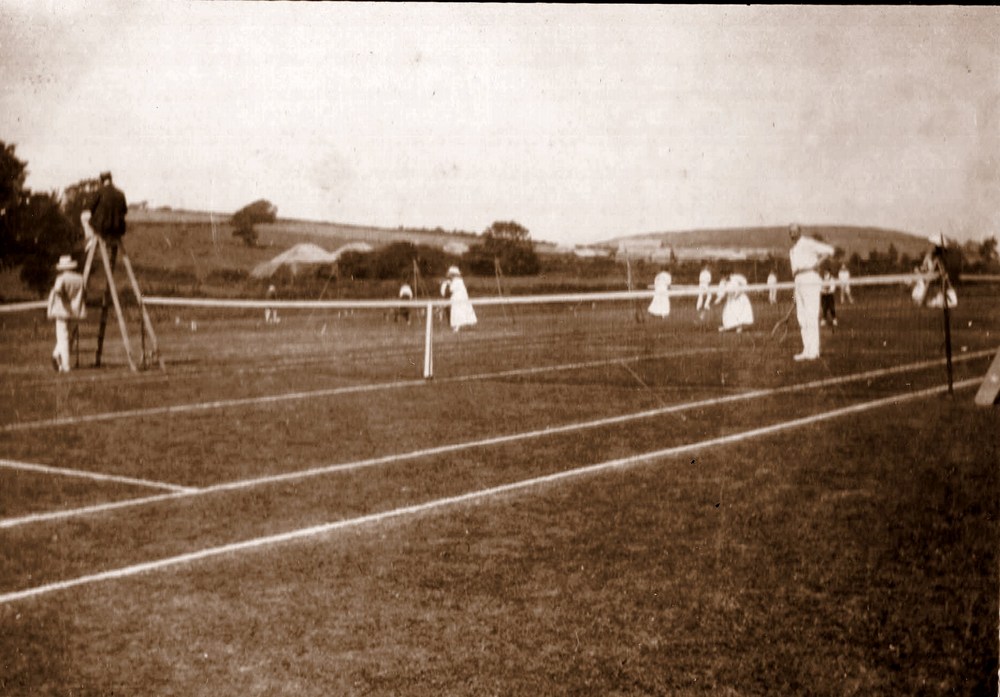
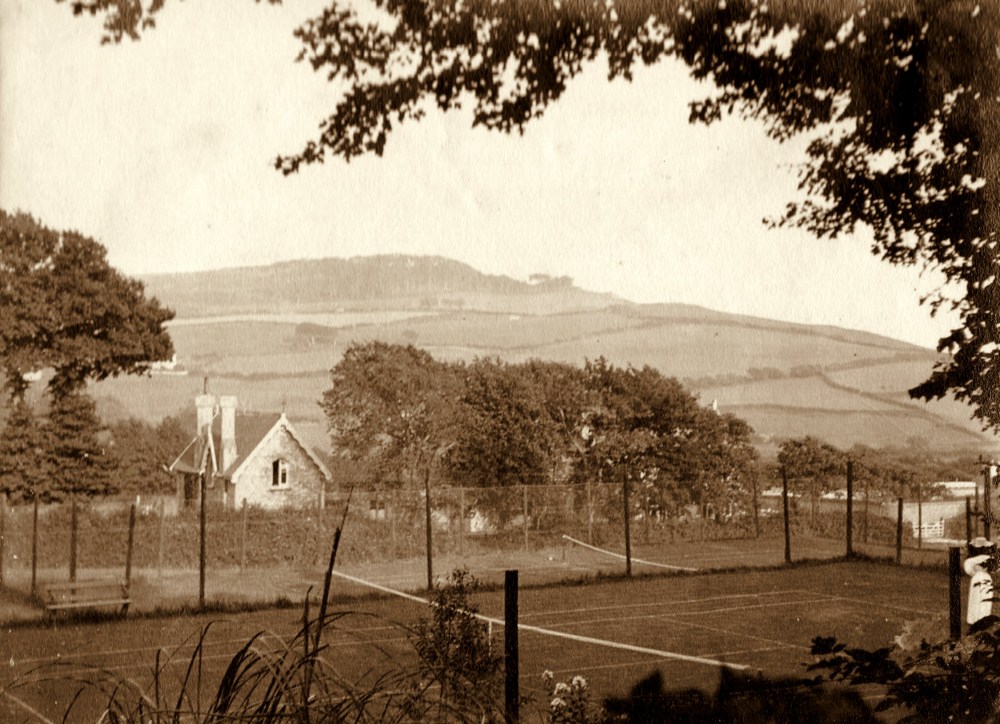
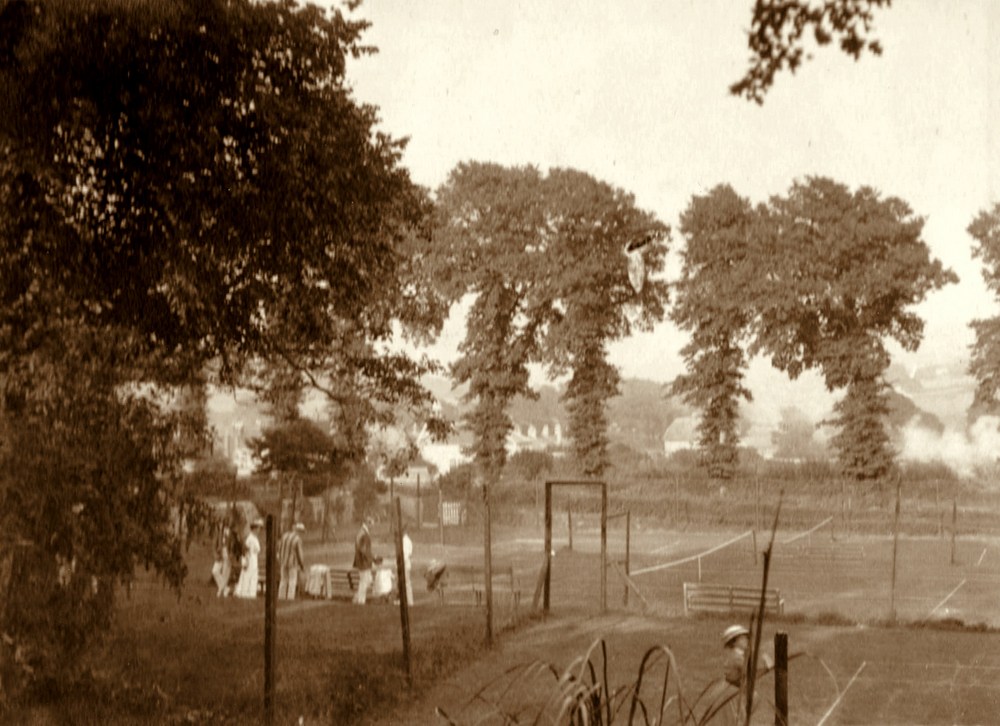
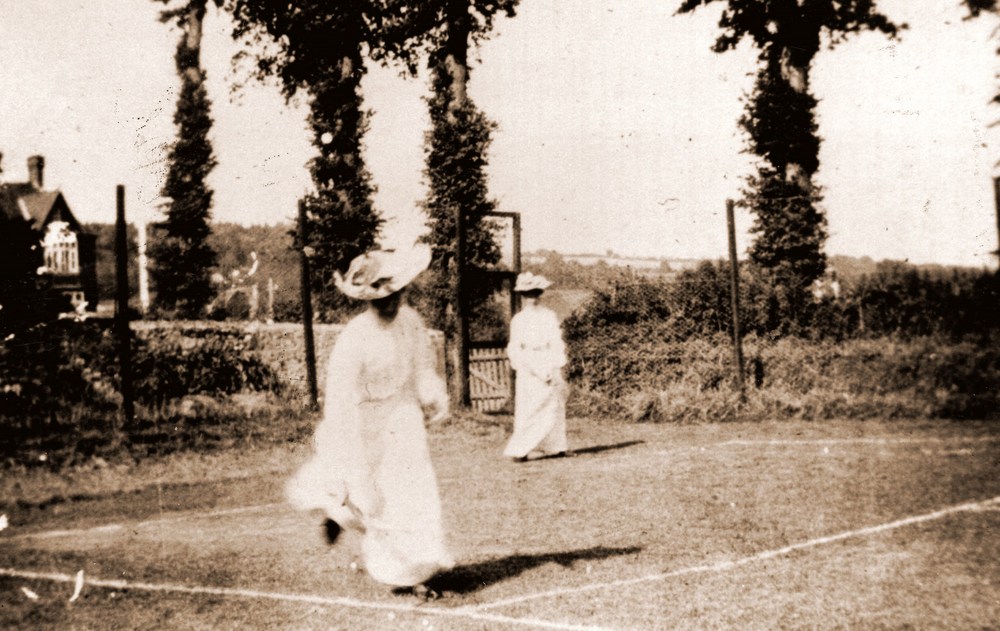
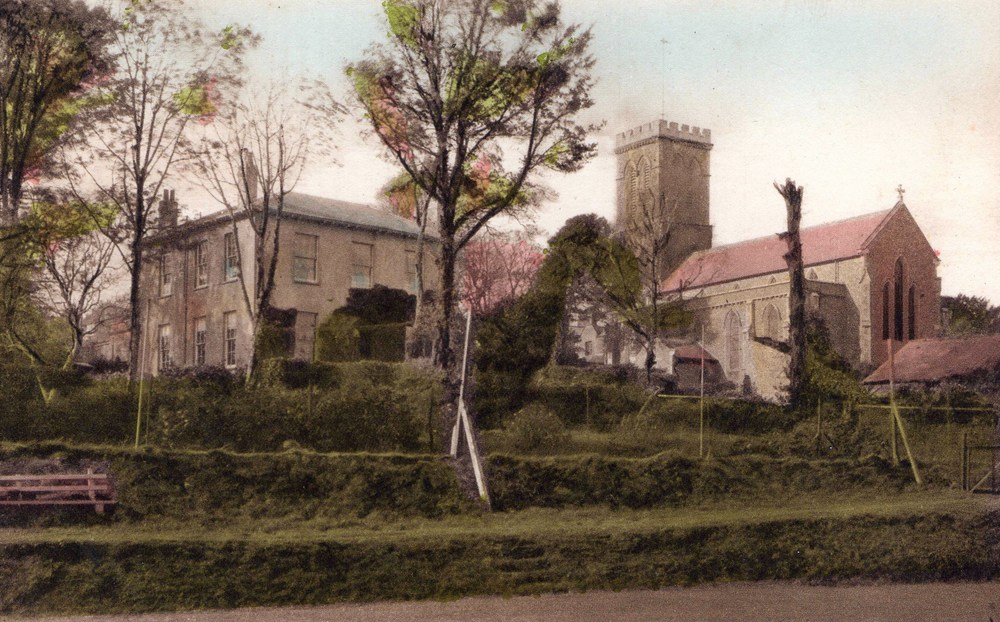
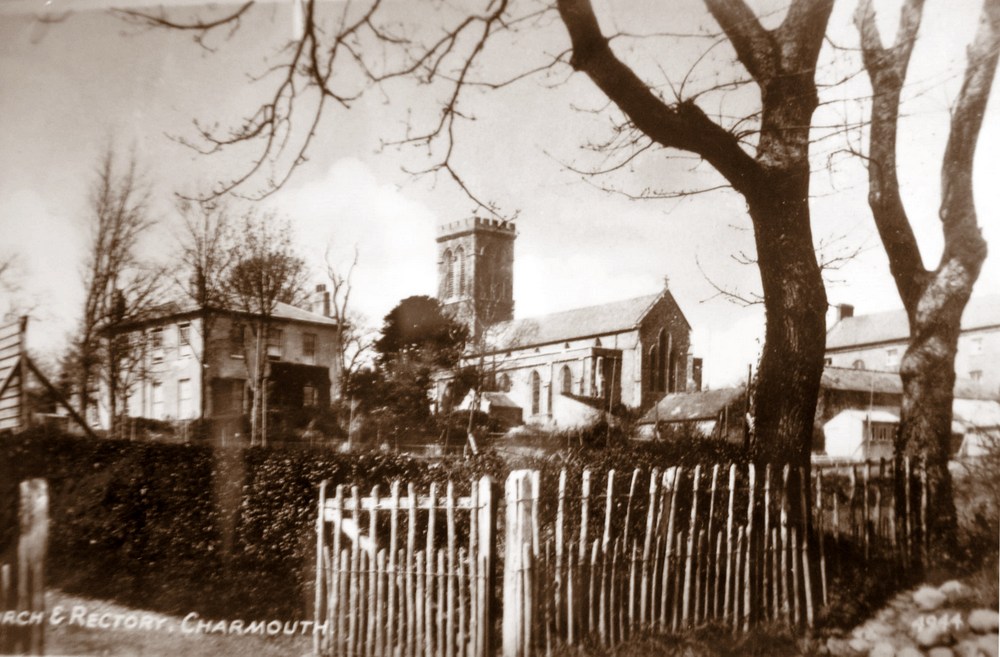
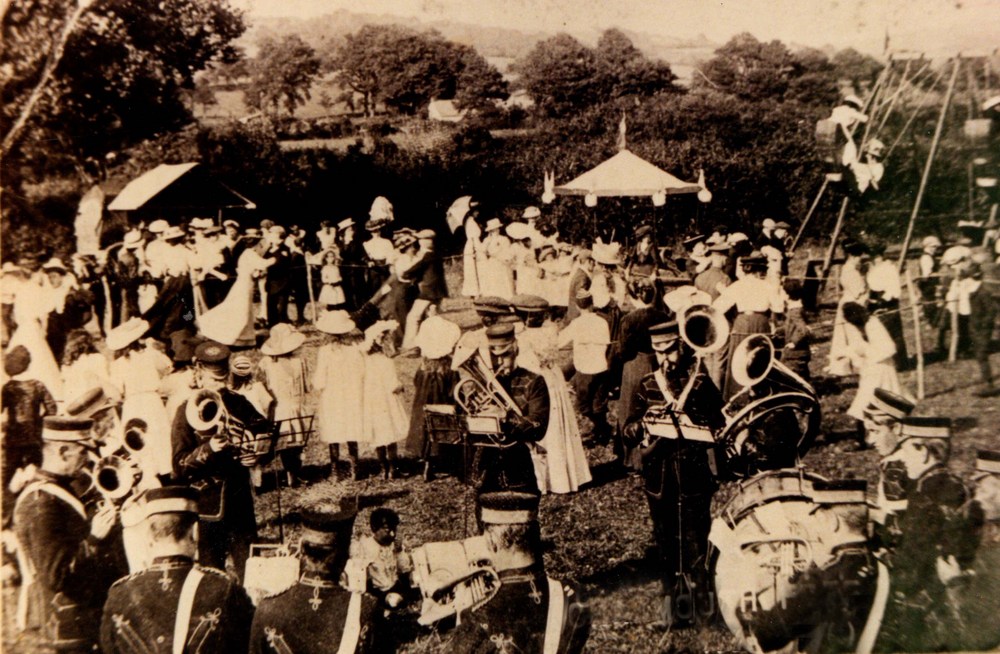
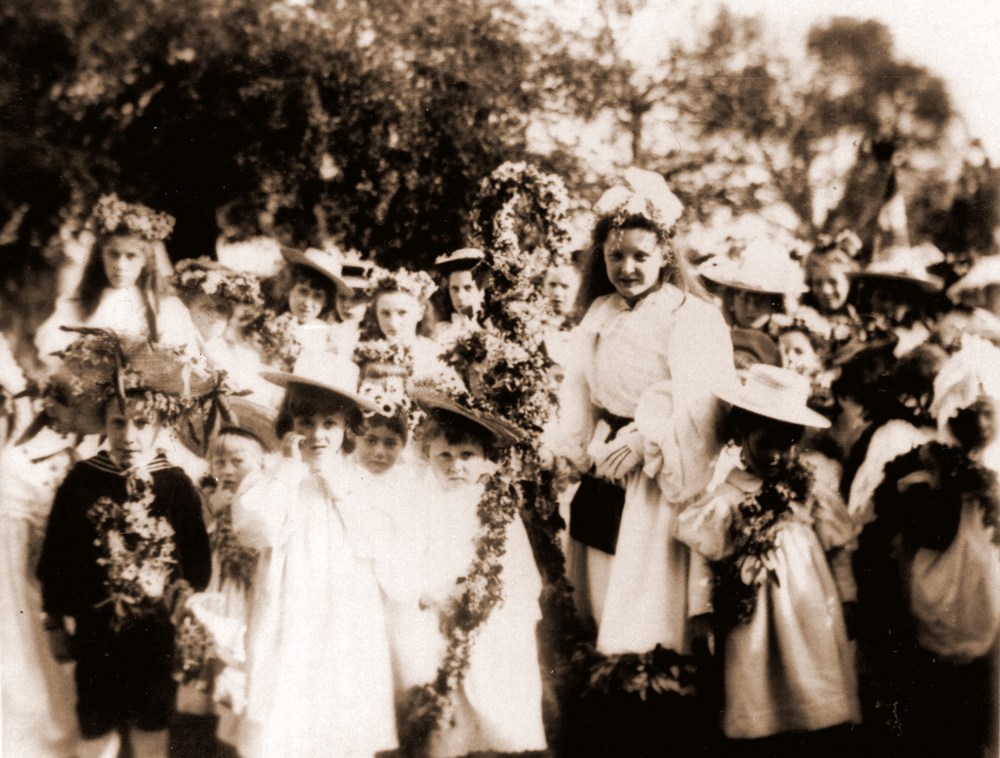
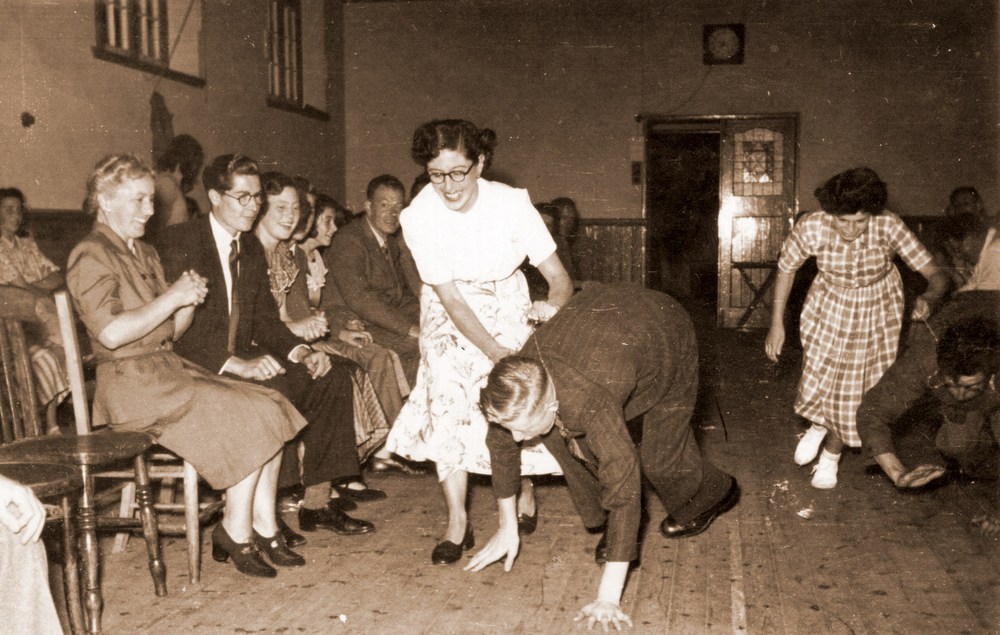
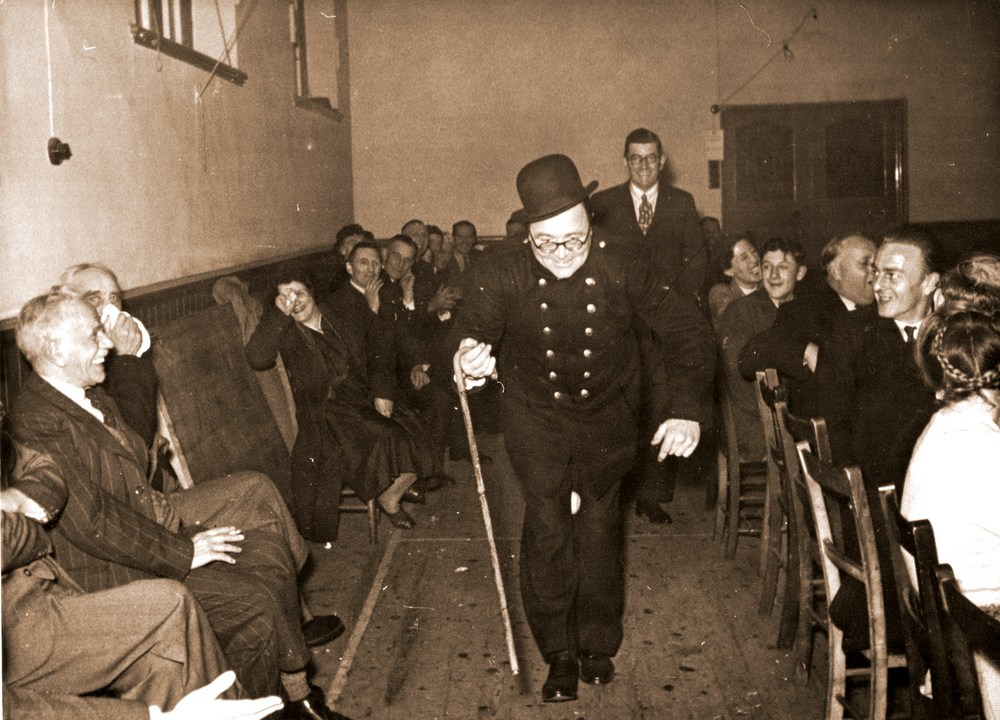
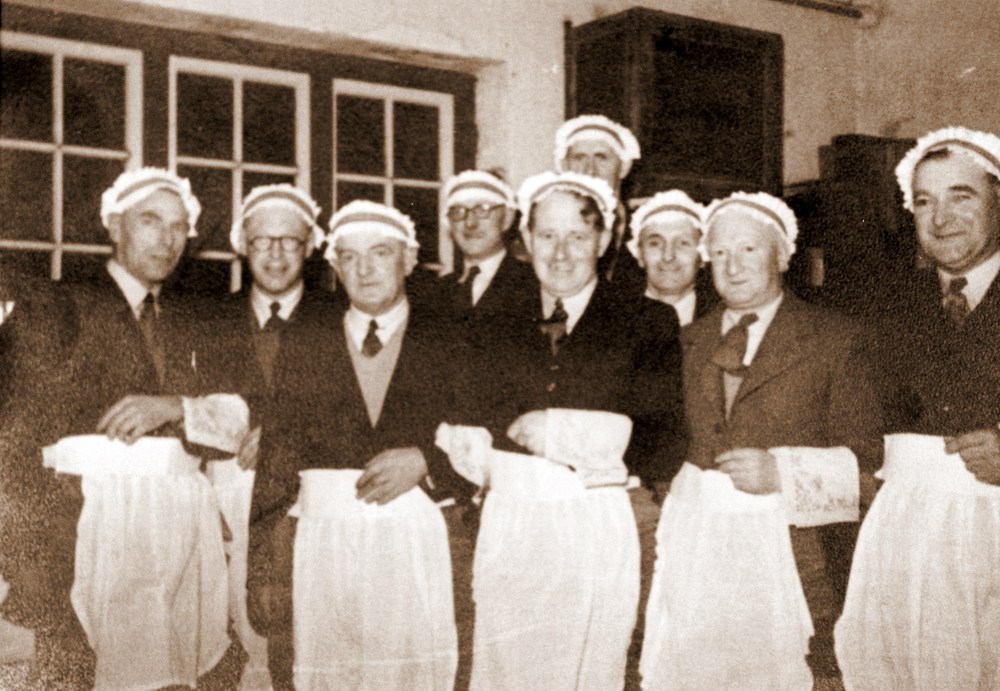
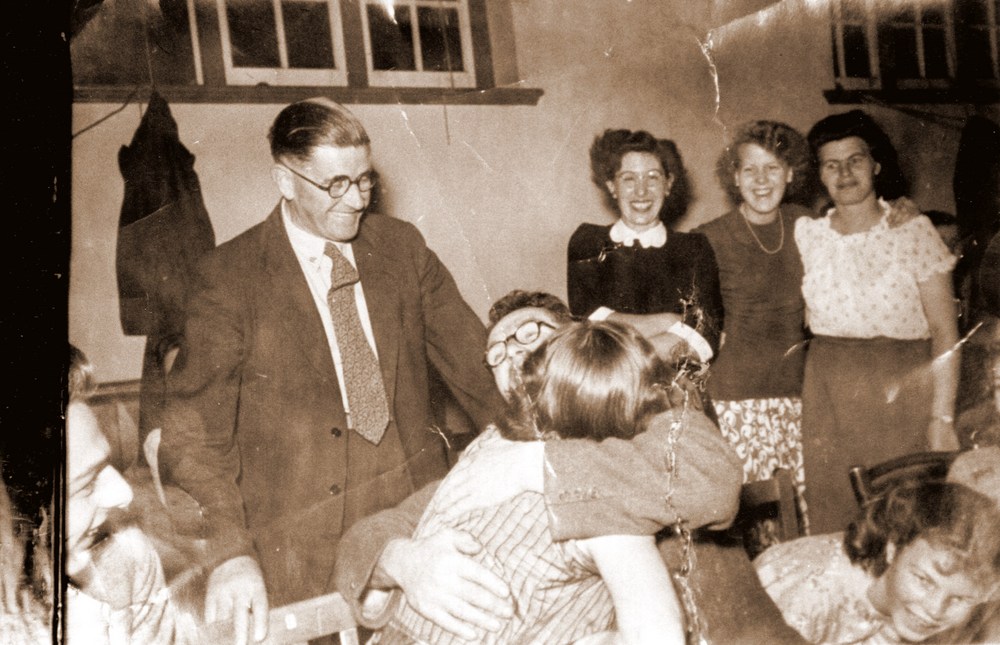
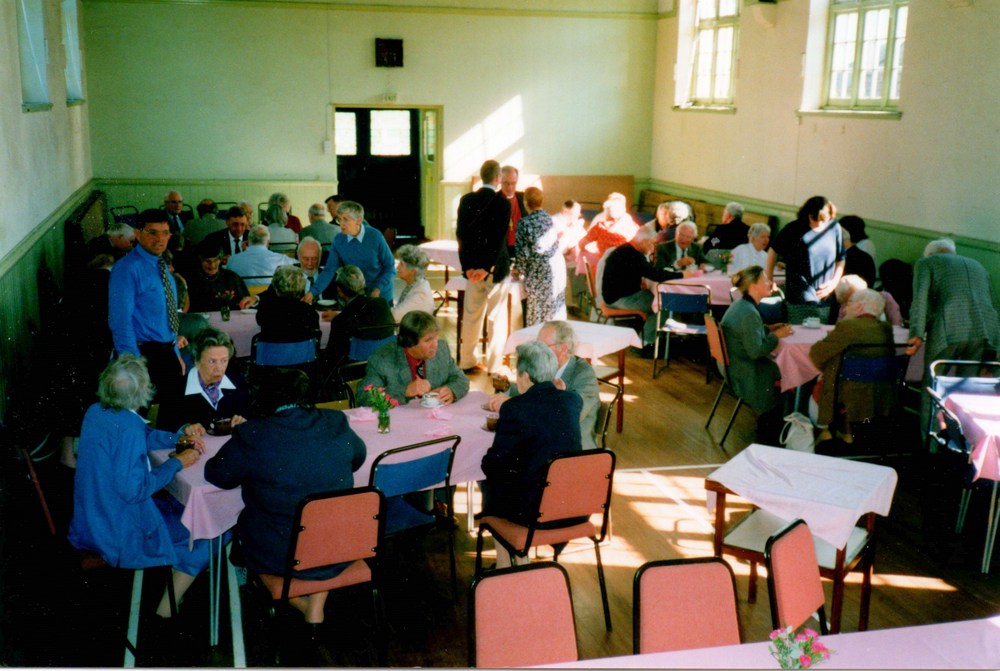
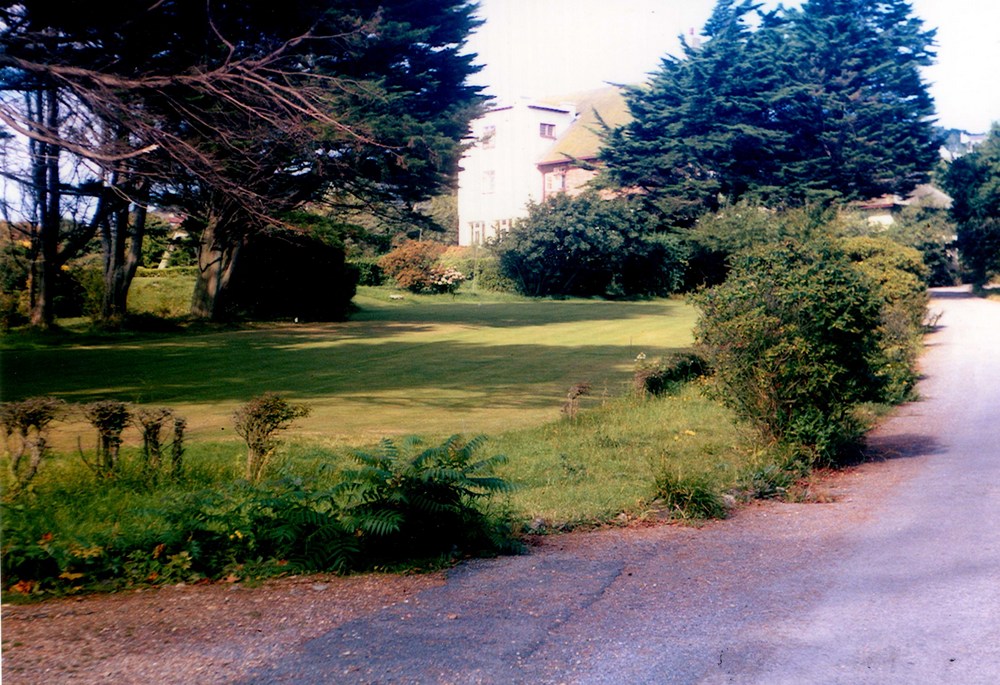
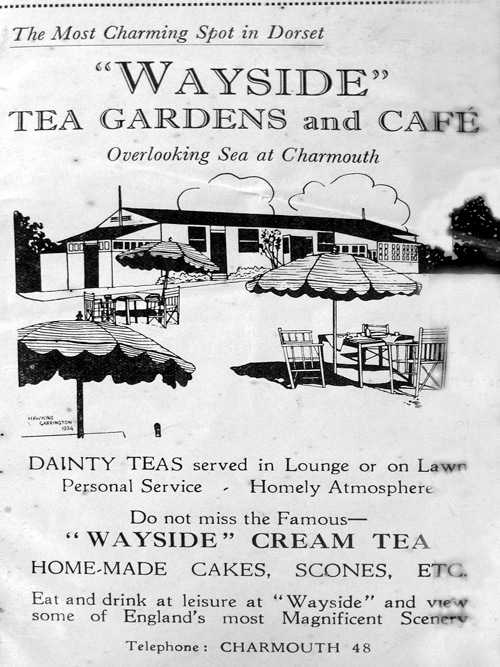
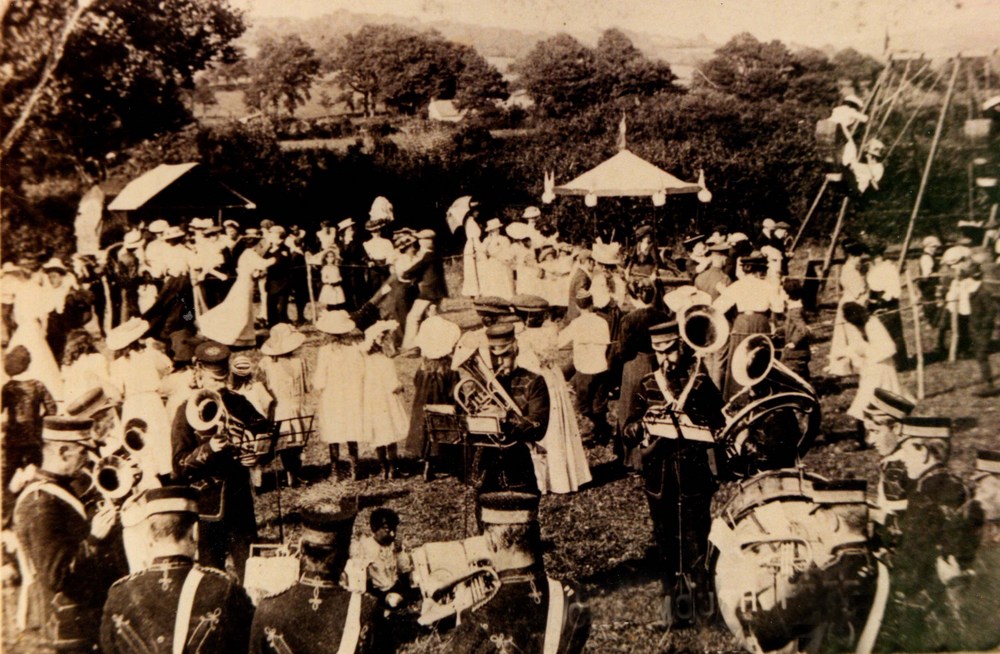
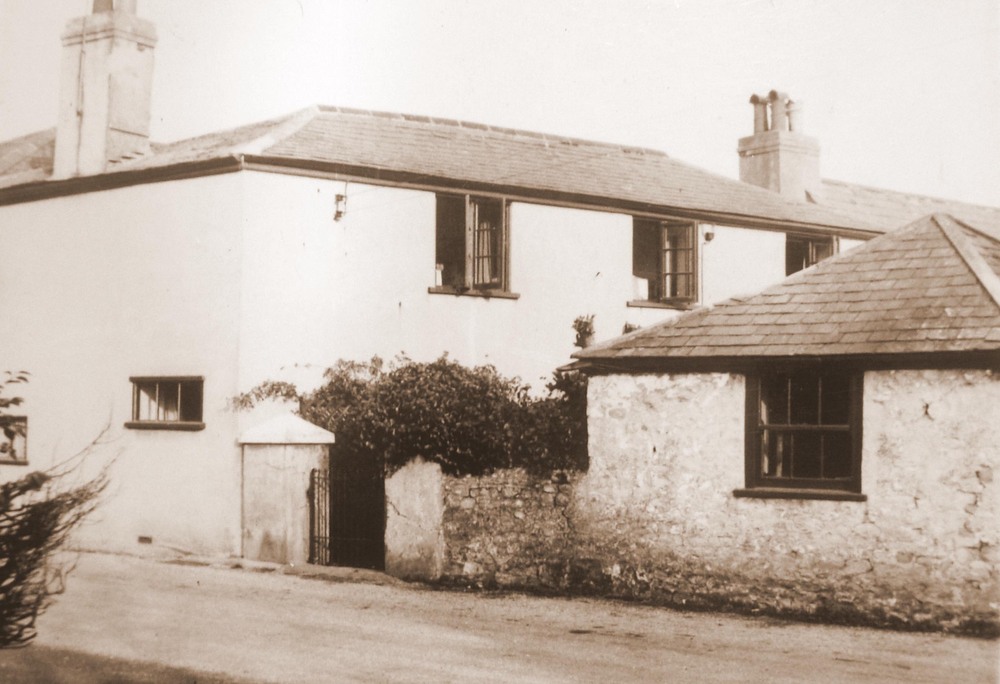
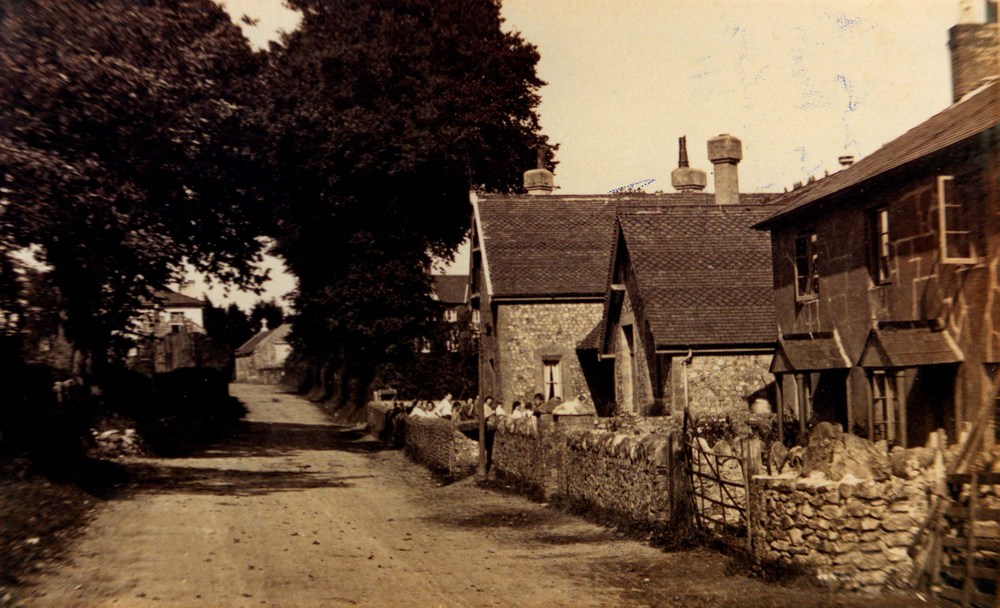
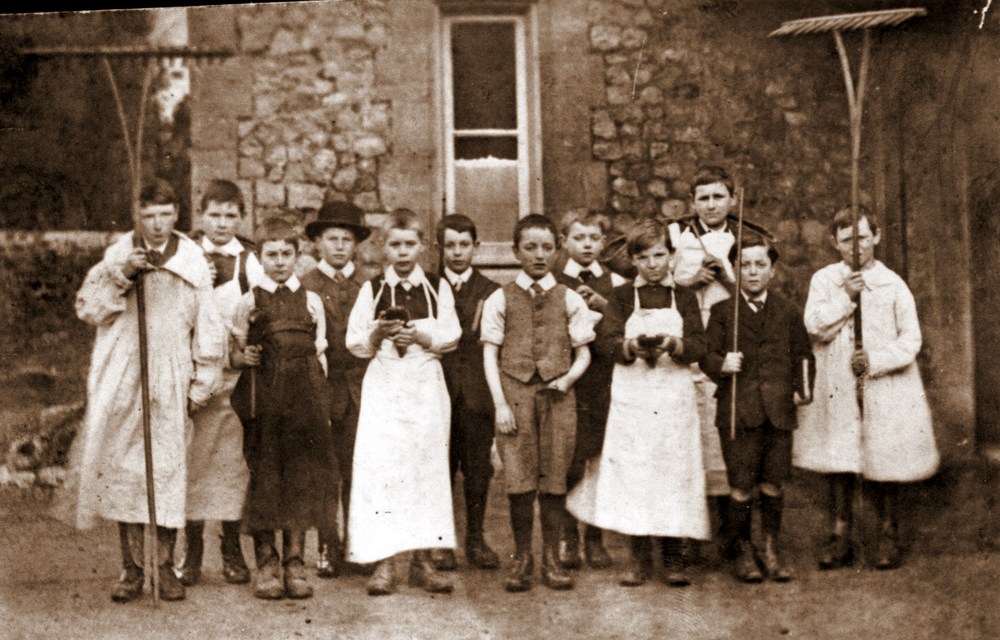
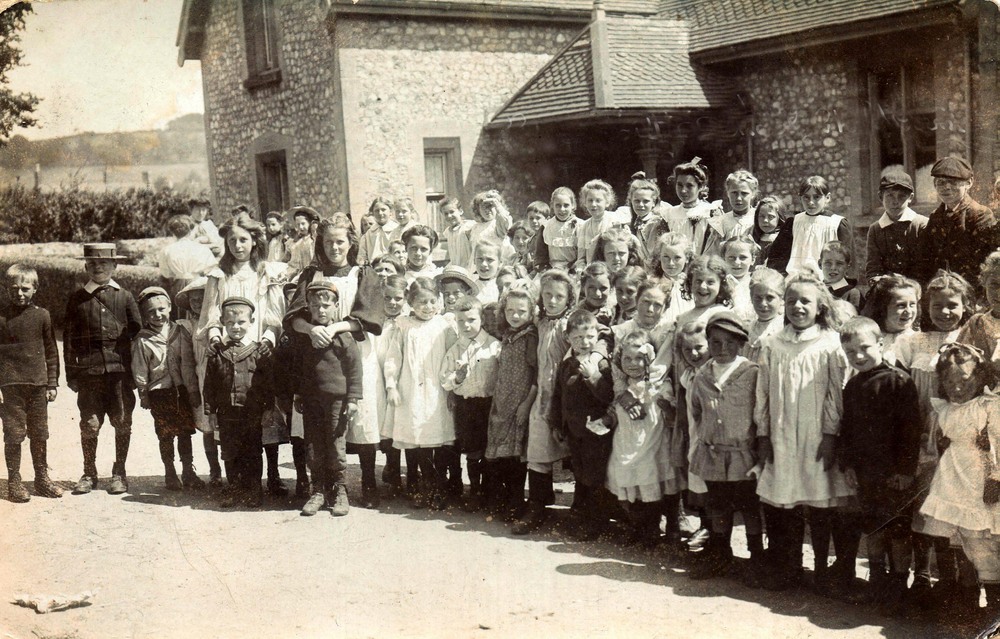
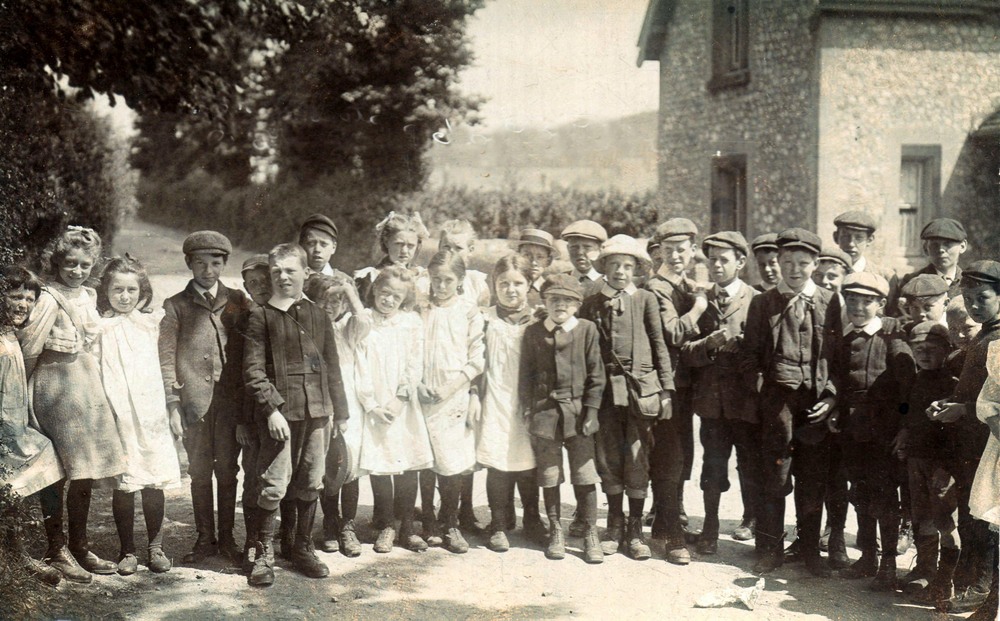
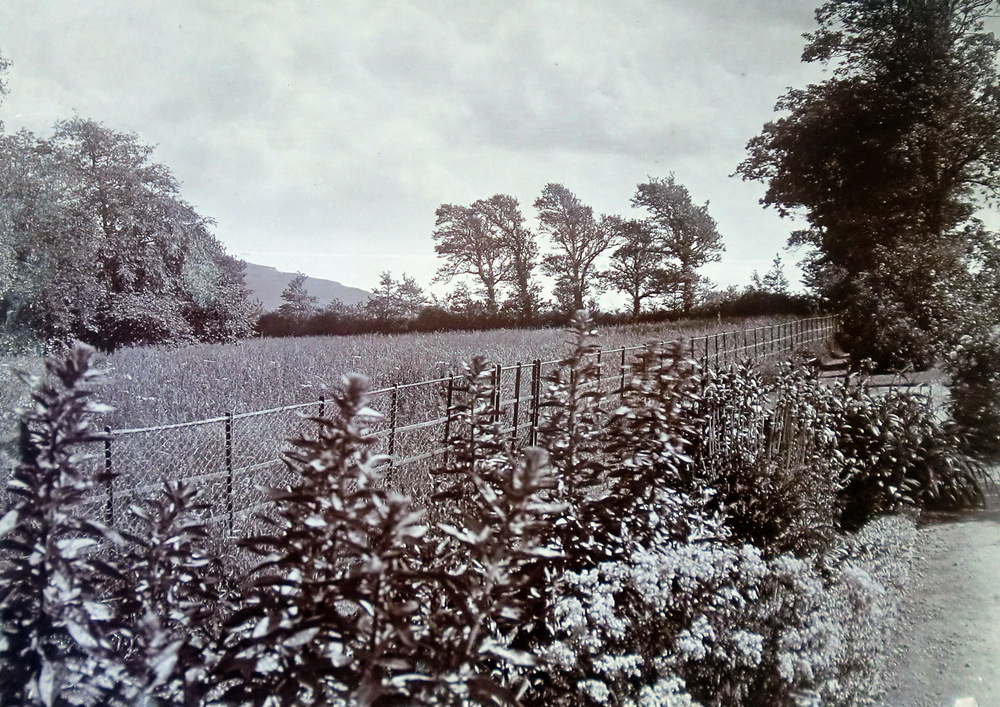
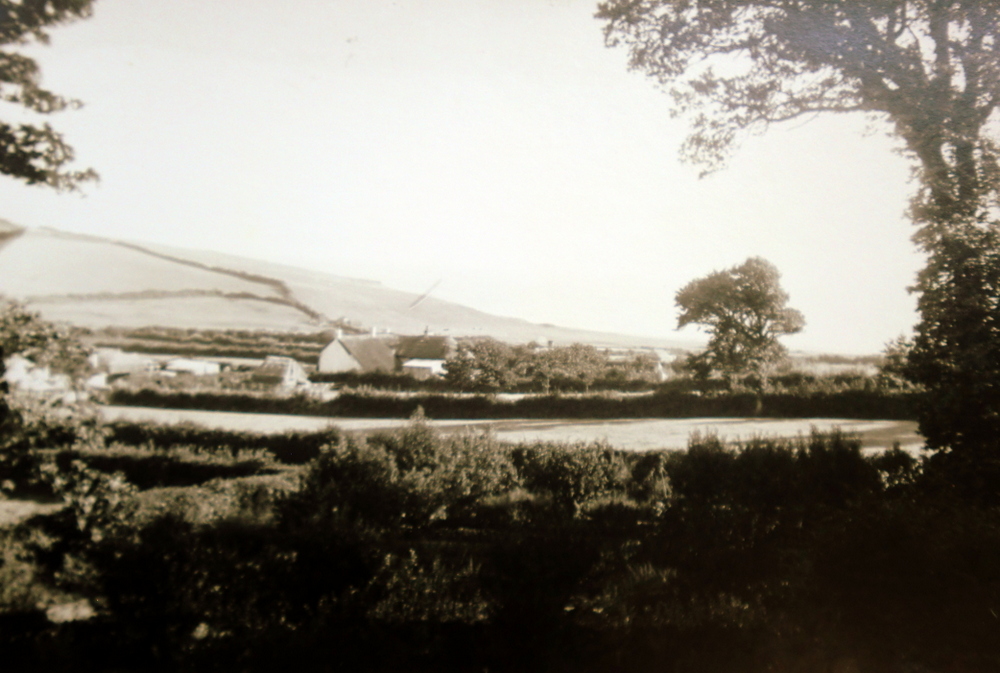
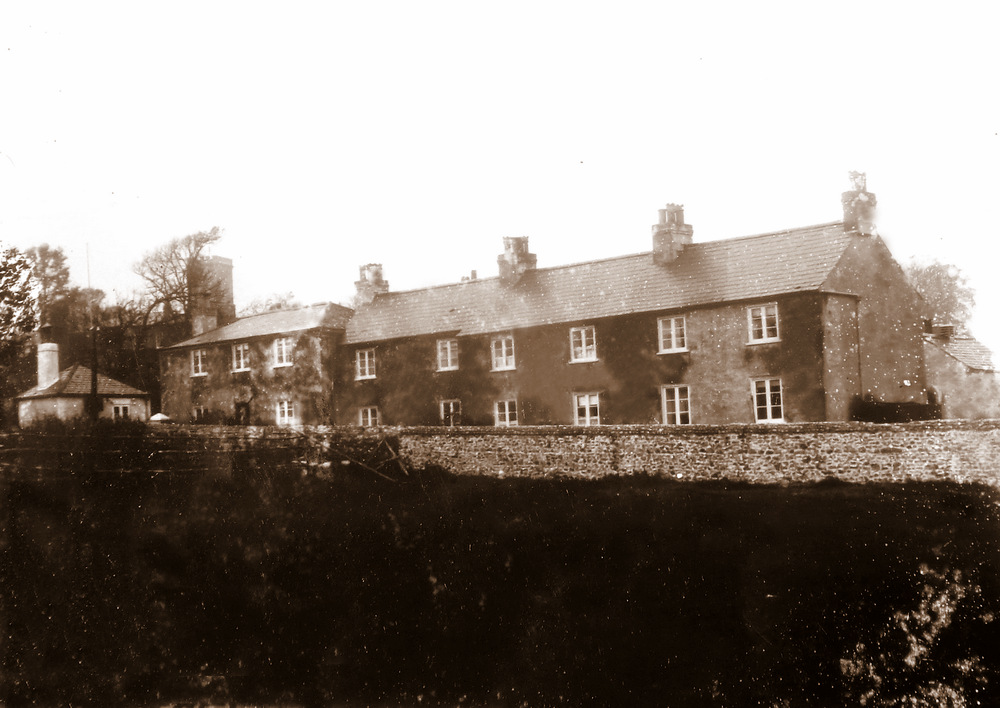
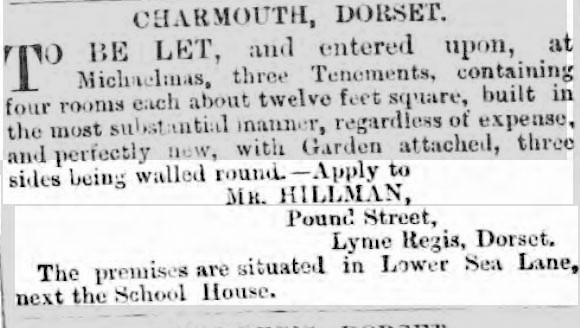
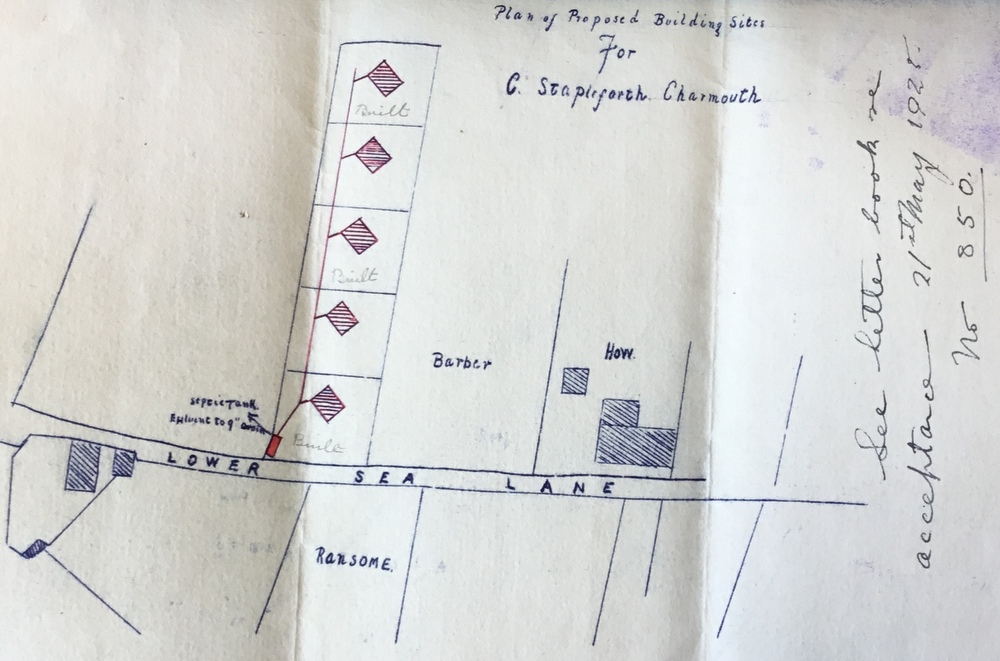

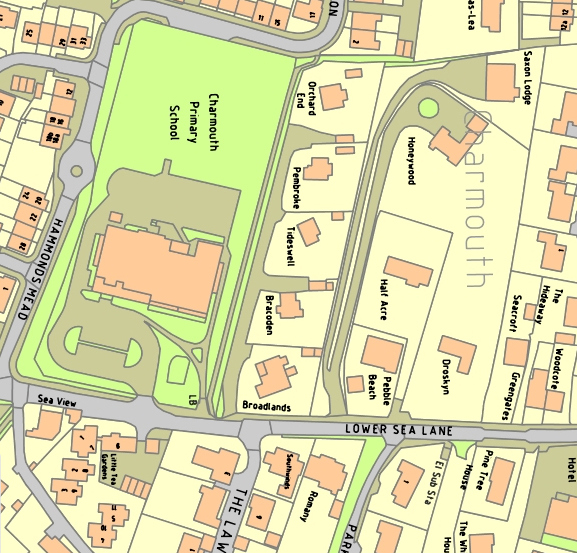
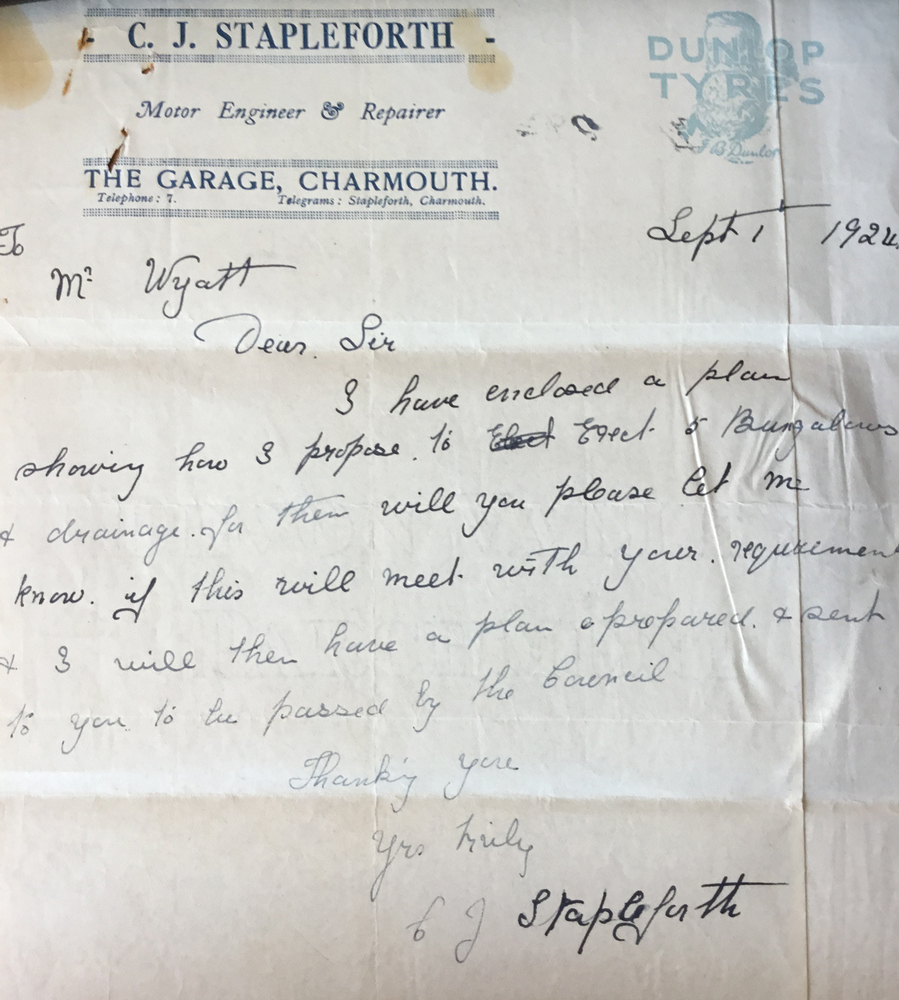
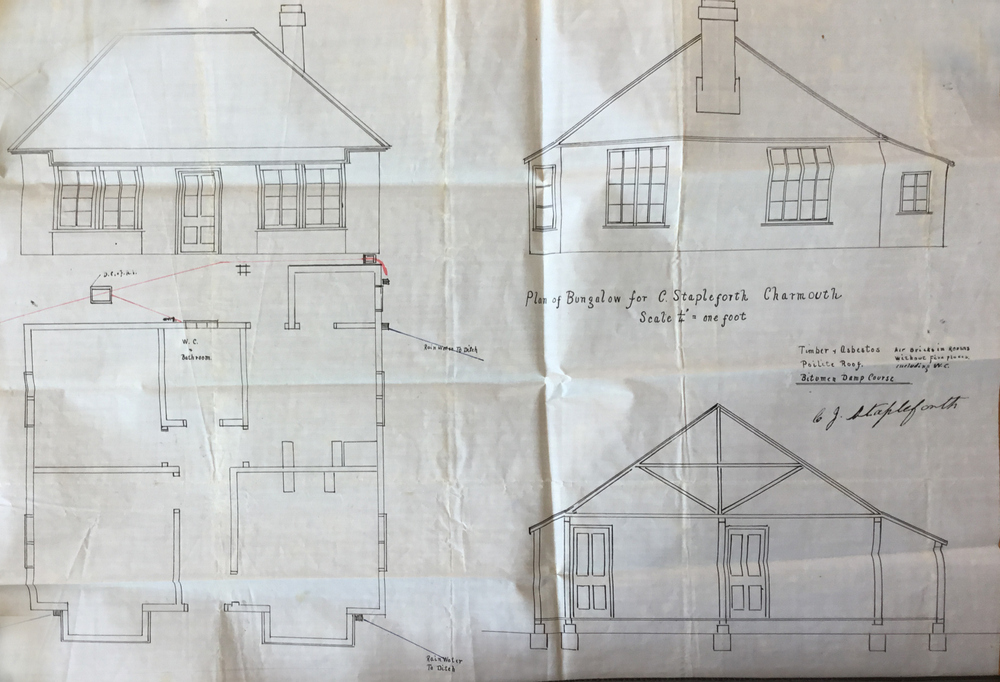
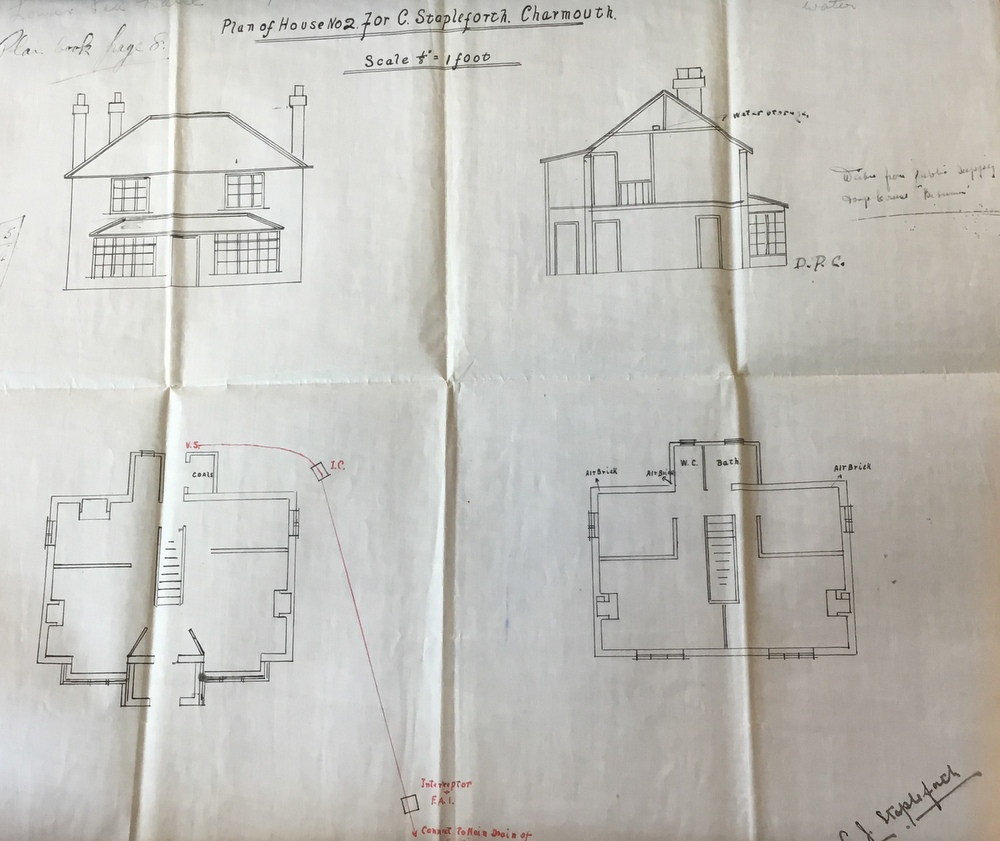
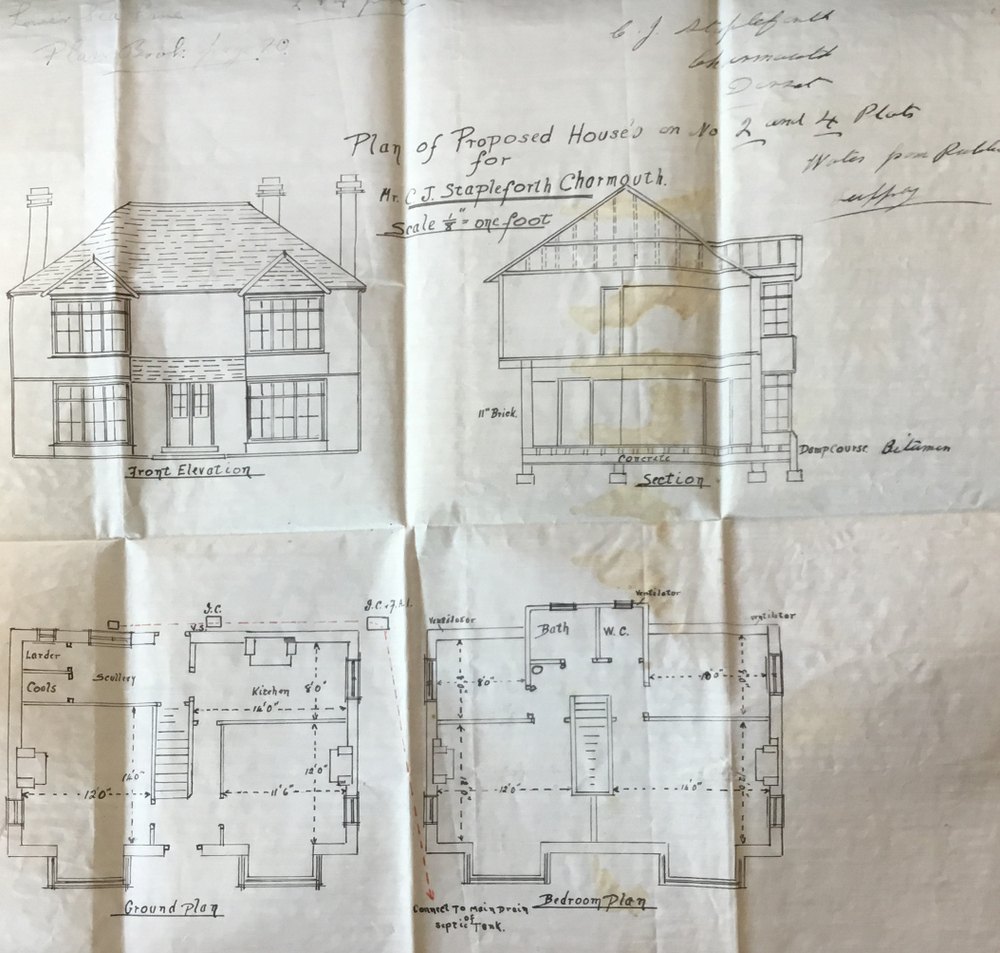
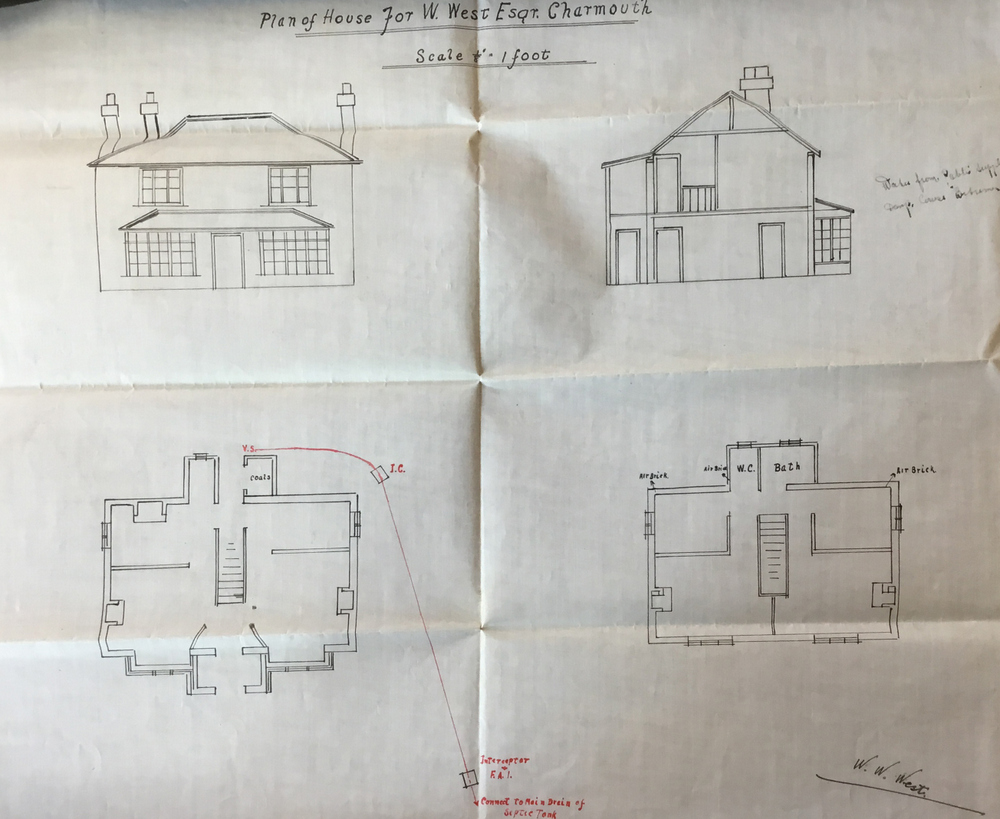
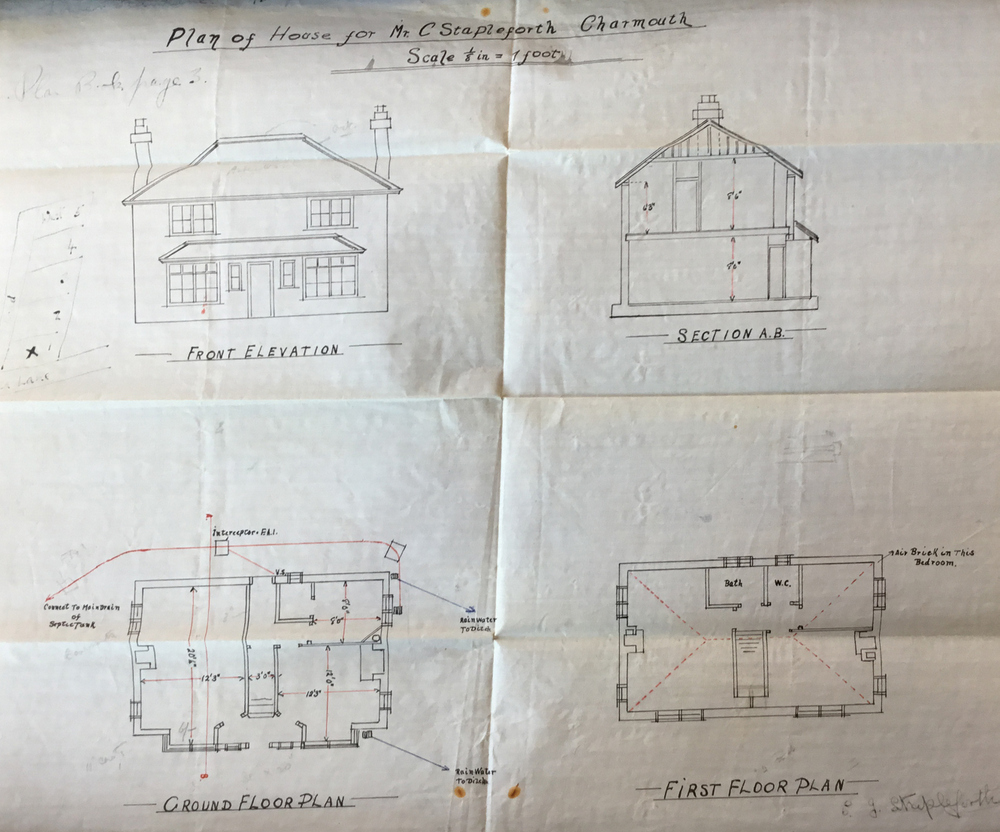
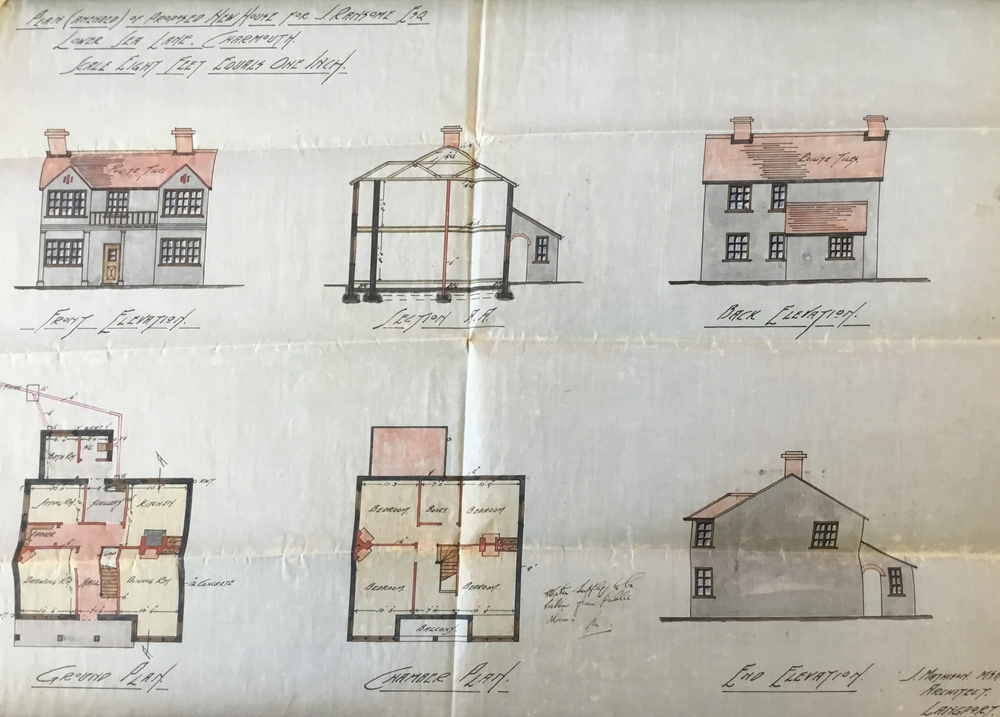

.jpg)